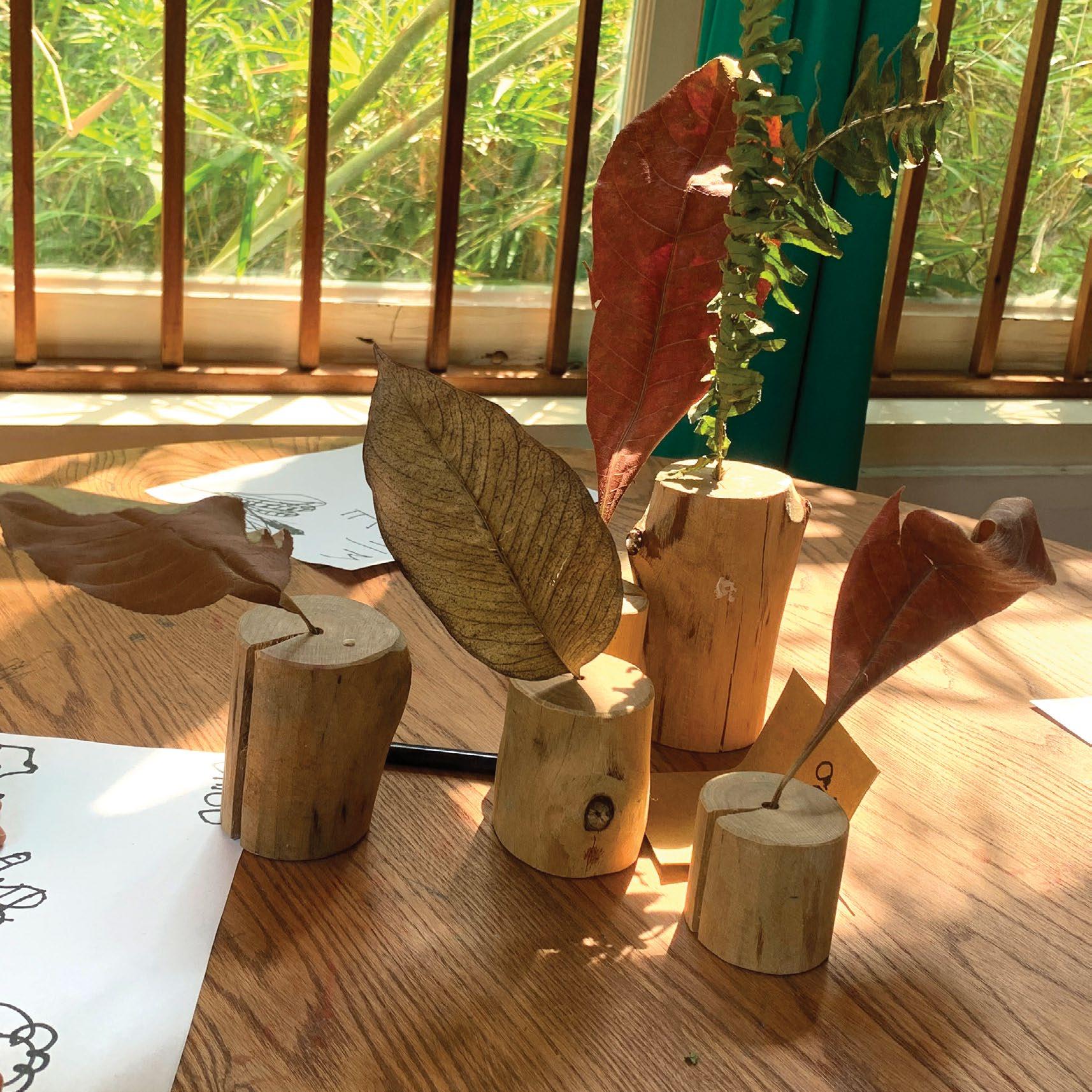

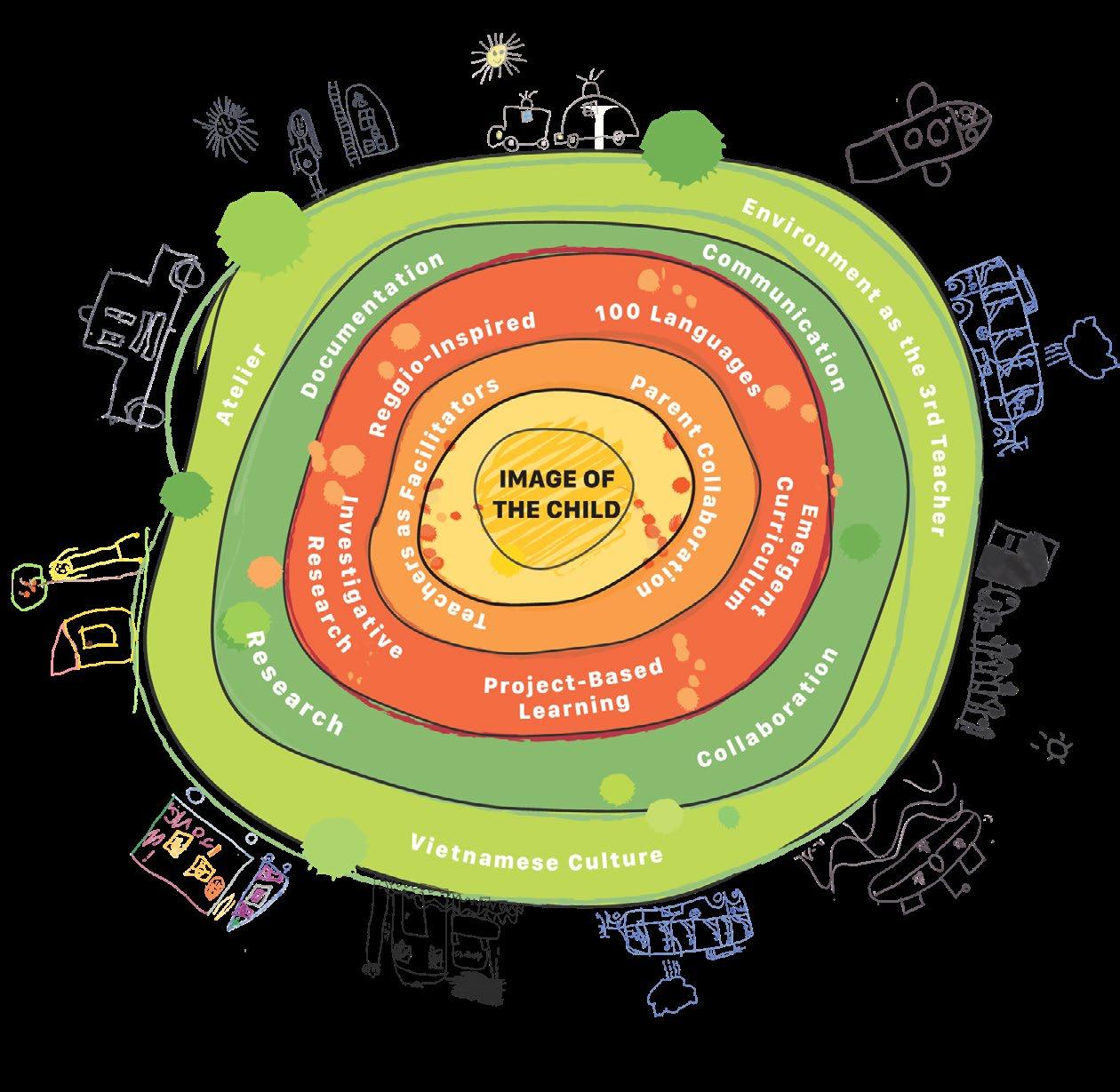
“We are and we need to be convinced of this - in an ecosystem... Our organism, our morality, our culture, our feelings are connected to the environment, to the universe, to the world. And therein lies the web of our life”
- Loris Malaguzzi




“We are and we need to be convinced of this - in an ecosystem... Our organism, our morality, our culture, our feelings are connected to the environment, to the universe, to the world. And therein lies the web of our life”
- Loris Malaguzzi
Dialogue with Place has taken our children, teachers, and school community on a wonderful learning journey of rich deep inquiry and collaboration. What did the teachers as well as the children feel important about ‘Place’?
This was the beginning of our project, and the question that ignited the different pathways classes took. Through observation, listening, being present and slowing down to enable ideas to grow, the children and teachers became researchers together, forming a profound bond with their place, unearthing its hidden treasures, and celebrating its rich stories.
I kept reflecting throughout this year’s project on Tūrangawaewae, one of the most well-known and powerful Māori concepts, tūranga (standing place), and waewae (feet). It is often translated as ‘a place to stand’. Tūrangawaewae are places where we feel especially empowered and connected. They are our foundation, our place in the world, our home. Our outer world and inner world:
During this journey, the children found their place to stand, metaphorically, nurturing a lifelong love for learning and a deep appreciation for the many places we can call home.
Dialogue with Place has not ended; I believe it will continue to evolve and grow with each child throughout their life.
Ms Penny Pedagogista

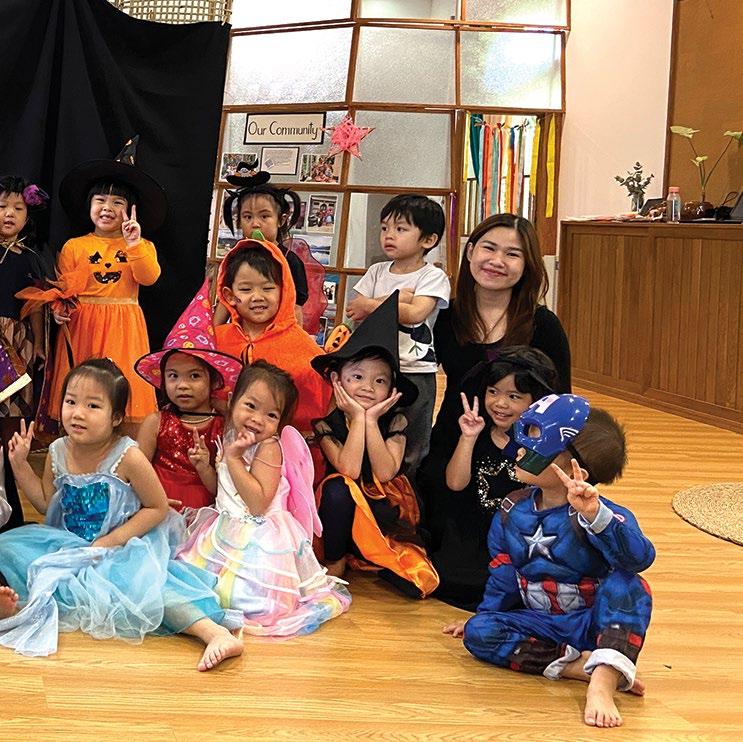

Throughout the year, the children lead a remarkable and deep journey with leaves, utilizing the wonders of nature surrounding them. Each and every day was filled with new, exciting discoveries, investigations that led to deeper questioning, and some wonderful surprises which opened them up to the marvels of the world around them. And so began their Dialogue with Place, a dialogue that changed and grew, just as they did, allowing their thoughts and ideas to dance like leaves in the breeze, leading them on new adventures and experiences.
"The tree give me a lot of leaf." - Mimi
Every story starts with a beginning, and ours began with a sign. A sign for our brand, new classroom and new class name – Gerbera. The children expressed a passion for decoration through the art they hung on walls, mirrors and windows, or selectively placing loose parts around the classroom. Words could be heard while playing and exploring that went like:
“I want to do something to decorate the room.”
“Why don't we use it to decorate the room.”
“I want to use it to decorate the room.”
“I want to decorate the room, too.”
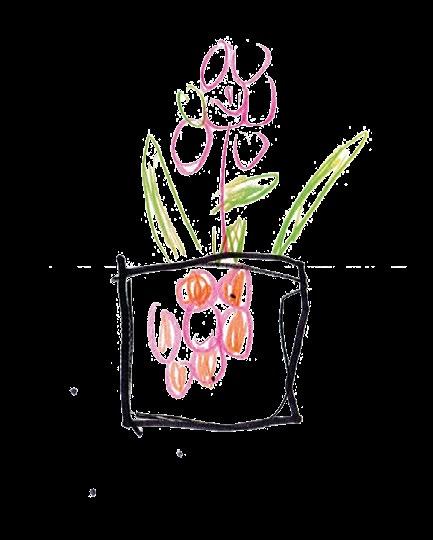
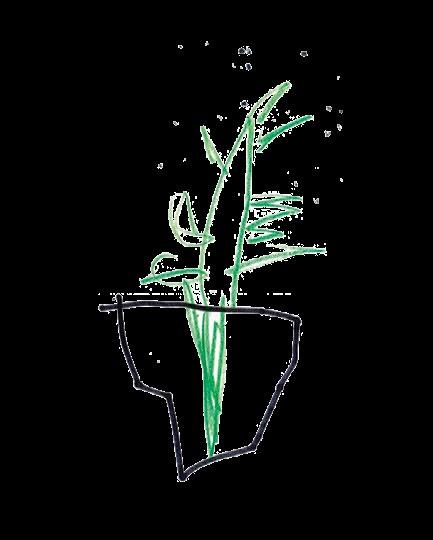

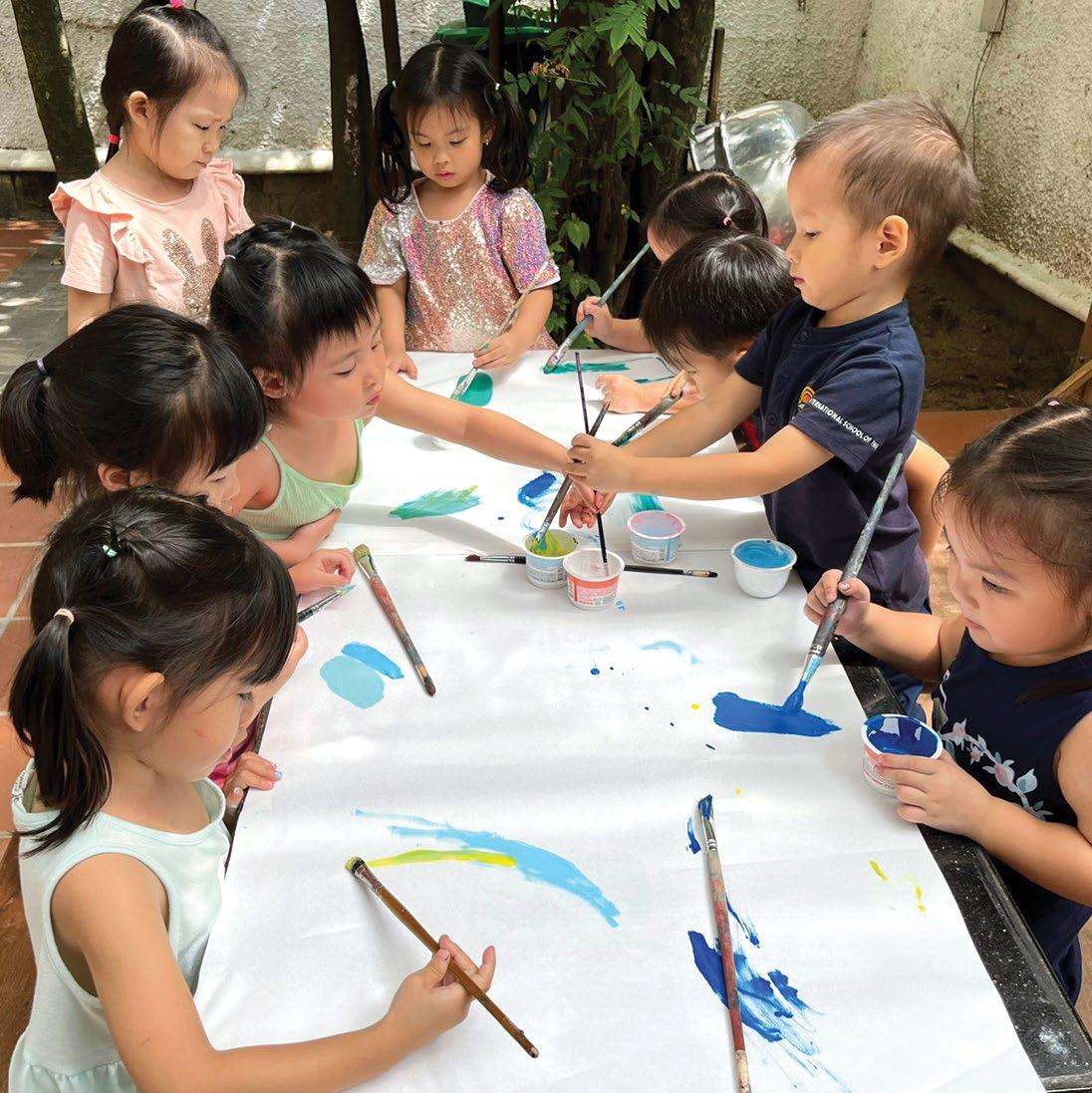
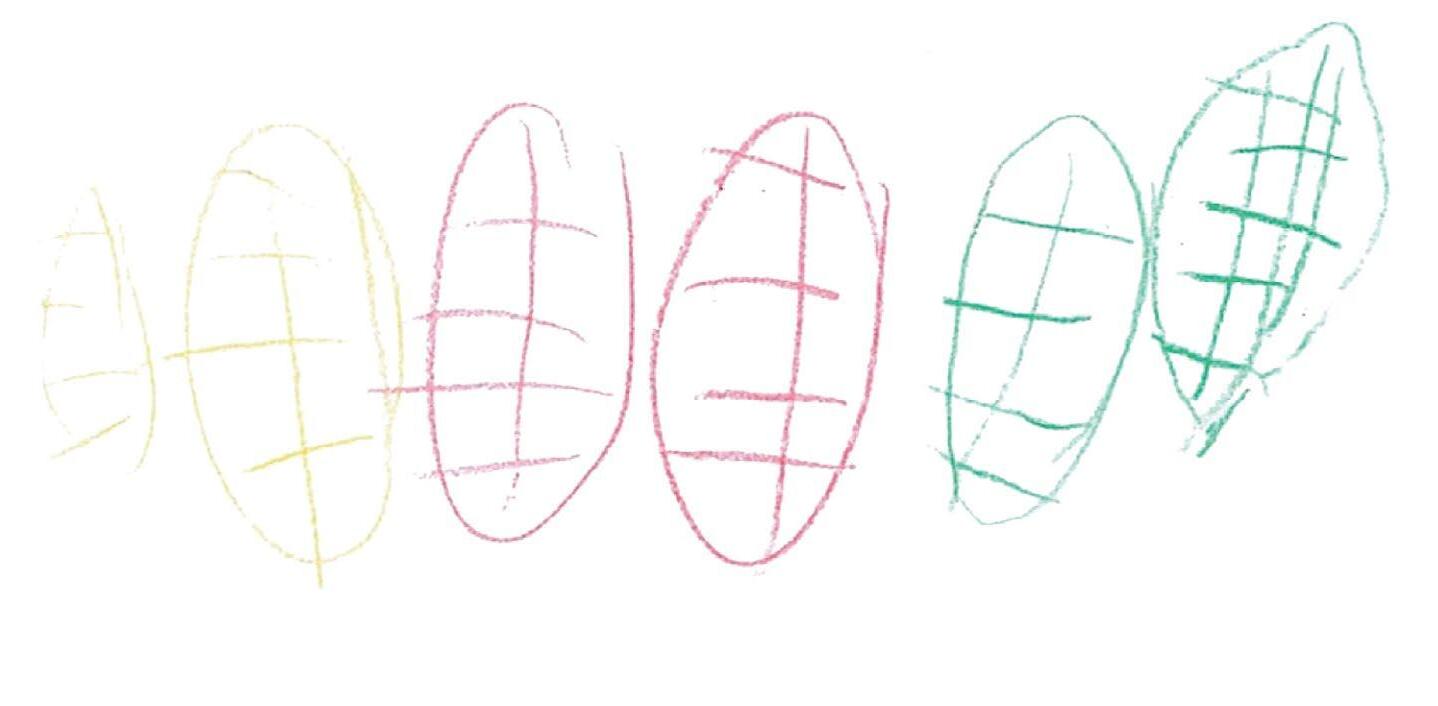
We all loved to decorate, so why not decorate with our second love - nature?
The children embarked on their first nature hunt of the year, which transpired into deep explorations with leaves that continue today. Using their combined love of nature, the children developed and fostered a strong sense of belonging within the classroom as well as their wider school environment.
Nature hunts became a ritual, and everyone participated. Together, we collected leaves all over the school. As time went by, nature hunts became more than just collecting leaves - a pattern of observation evolved. We observed each leaf closely, noticing how each could be from the same tree but had subtle differences making them unique.
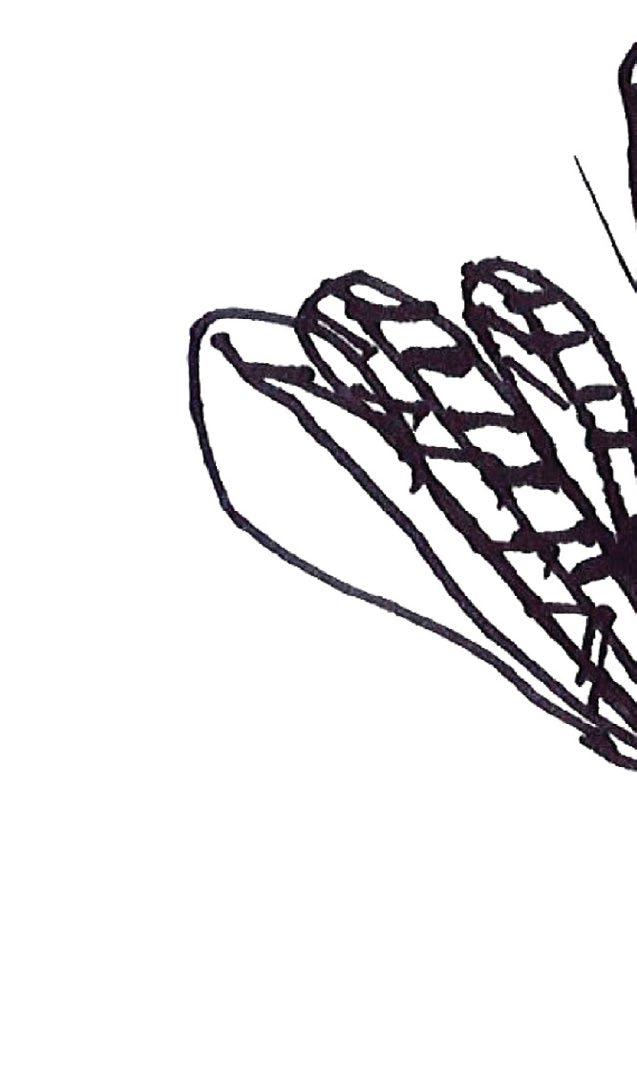
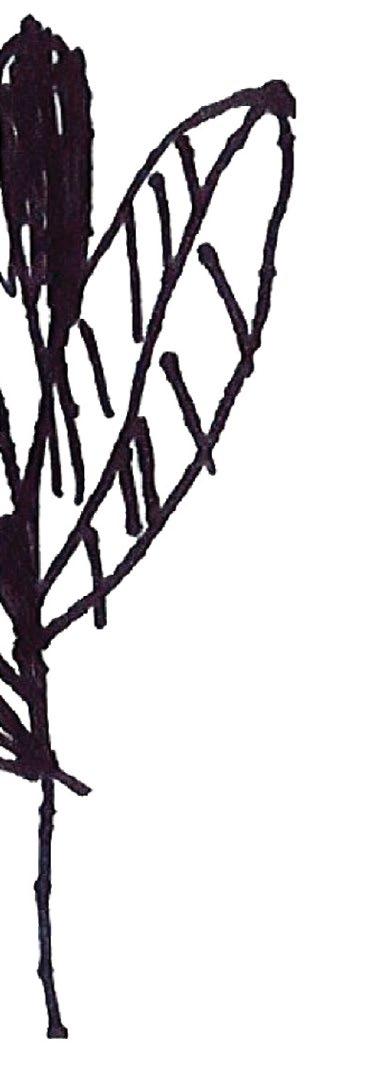
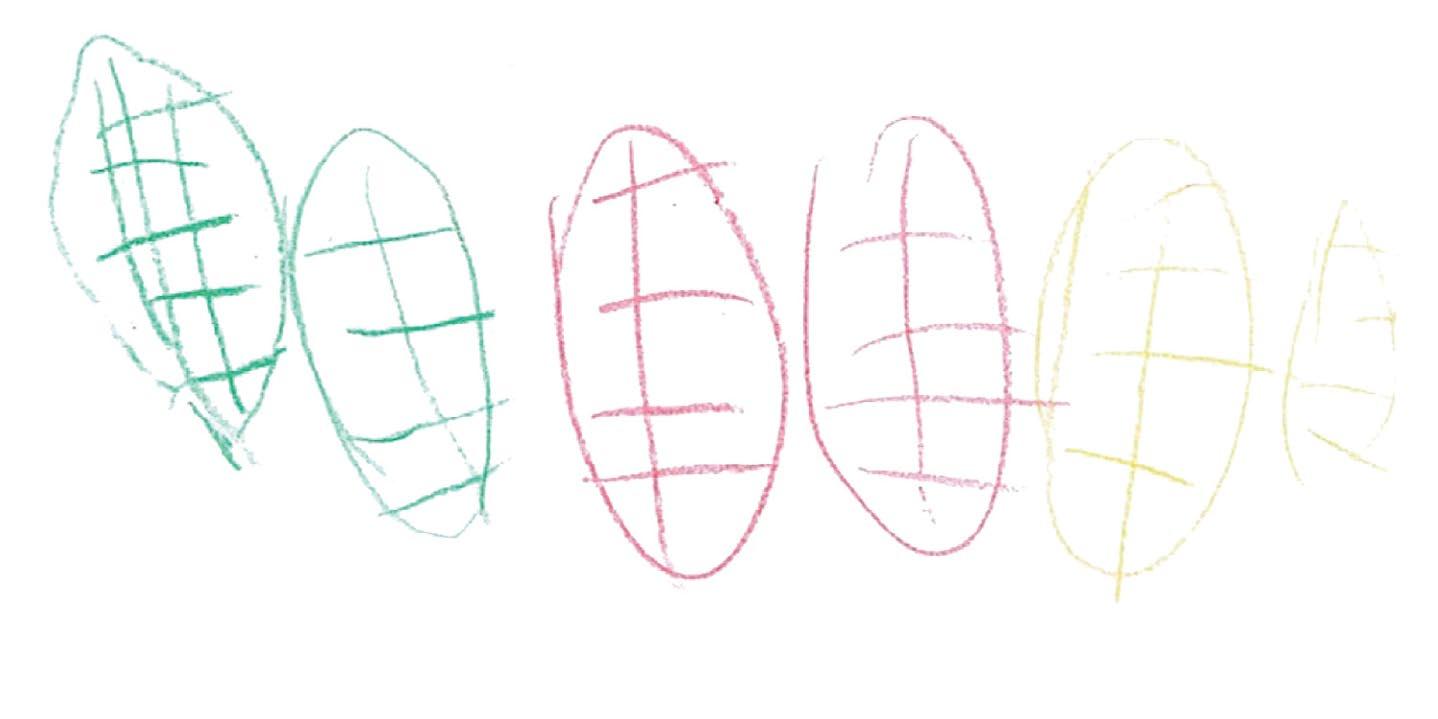
From marks or holes to changes in colour indicating the end of the leaf's cycle, the children saw it all and they wondered, questioned, and investigated. From their observations of all the leaves around the school, a rather big question emerged:
Why do the leaves change colour?
A burning question that sparked an investigation. Through more in-depth and mindful observations, the children noticed the changes that happen on and off the tree. Some leaves start their cycle as bright green leaves, then embark on the next step in their journey on the ground as deep red or yellow. The end of a leaf’s cycle may see them as curled-up brown or less vibrant red.
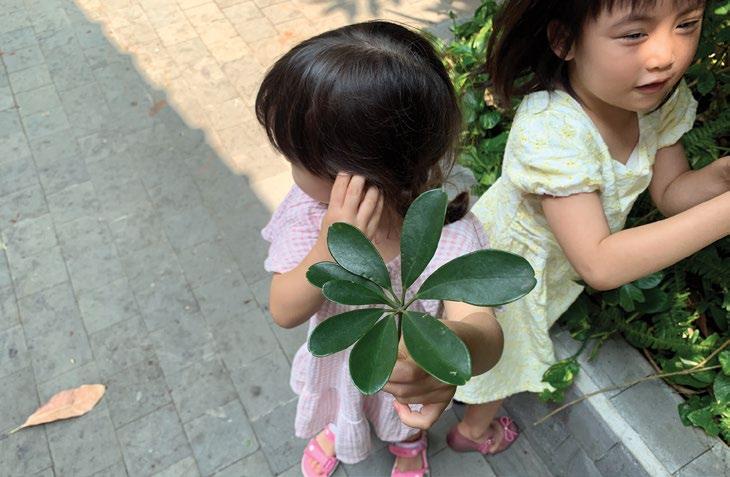



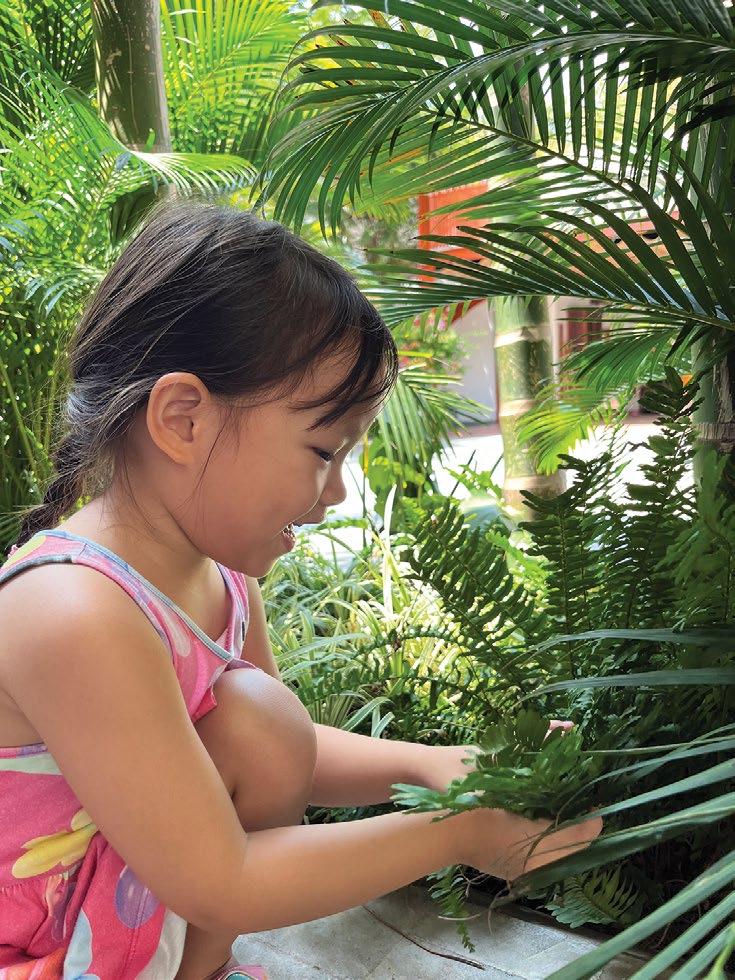
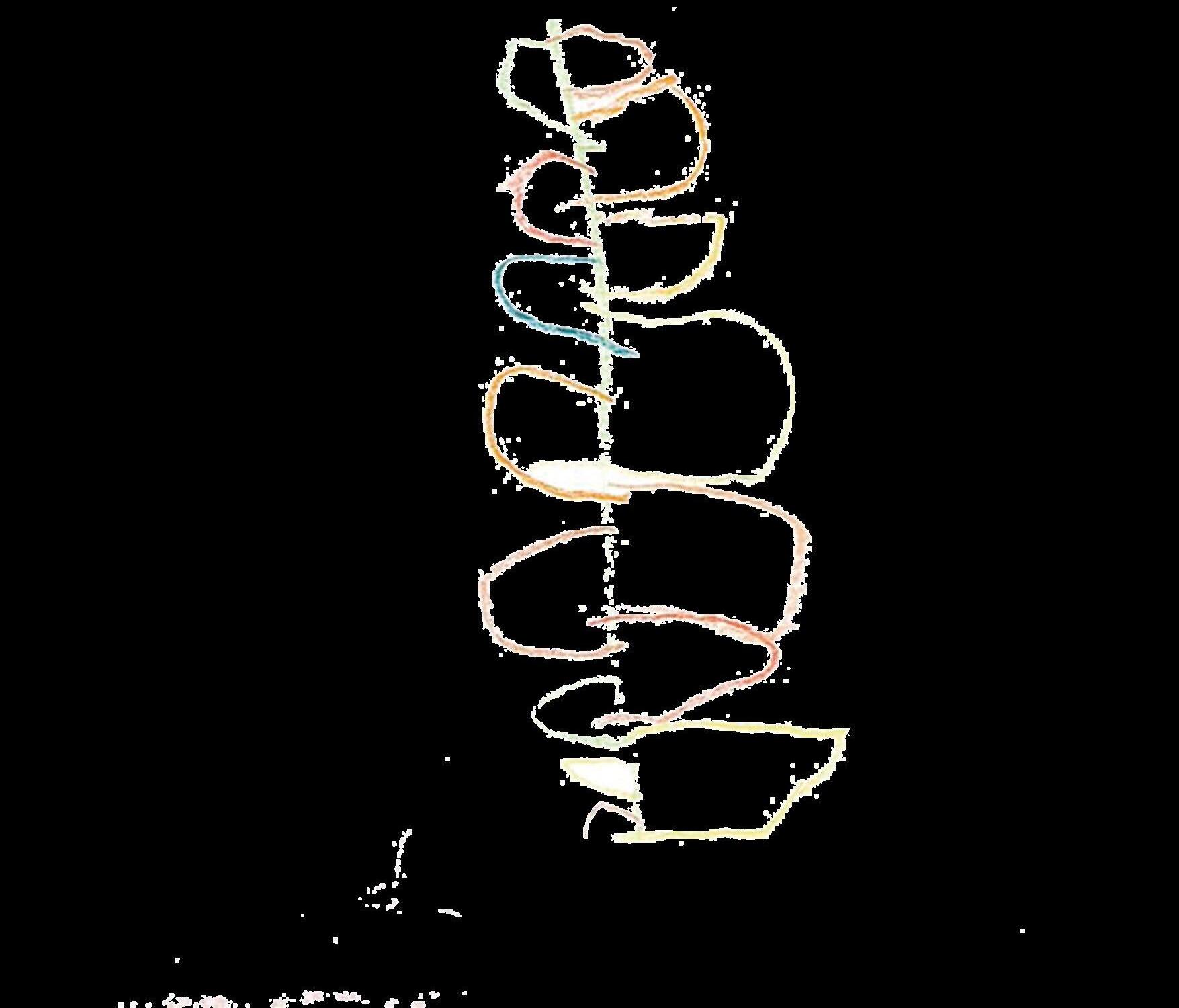
“Change the colour.” - Ky Anh
“It’s pink like the fishes.” - Miu
“Because over there, the leaf change colour, because so many time, because it’s like that.” - Hai Anh
“The leaf change colour into pink, and when the snow comes the leaf and turns in to white and the leaf turn to grey and green and red and maybe yellow.” - Chloe
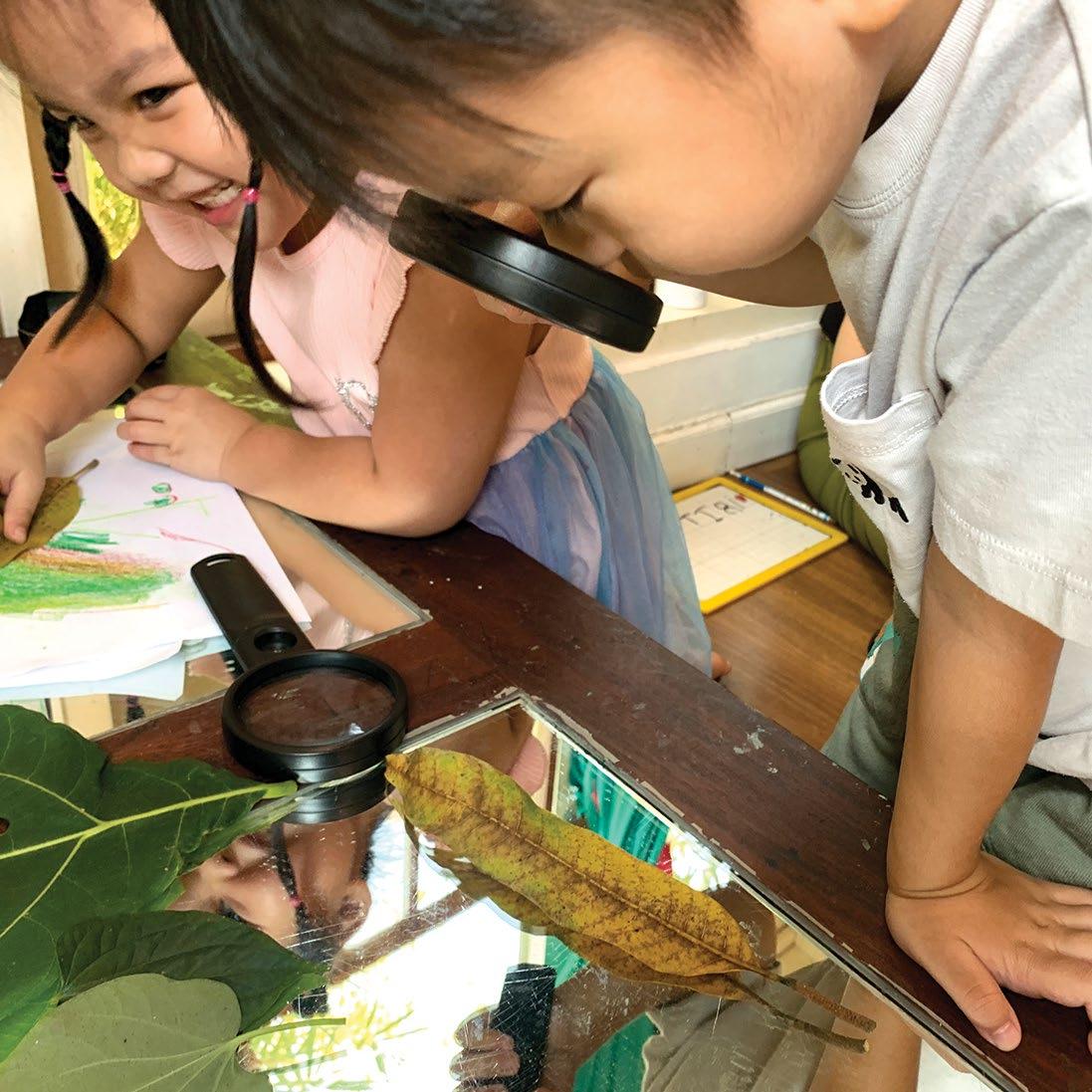
When observing and documenting to answer their big question, the children noticed some changes:
“My leaf is changing colour." - Mia
“It’s changing black a little bit. It’s dry.” - Chloe
"Lá của con thay đổi màu khác, vàng và cam.” - Paris
“Nó thay đổi màu trắng, còn cái này màu nâu.” - Mi Lan
“It still green.” - Chaewon
“Lá này nó mềm hơn.” - Tram


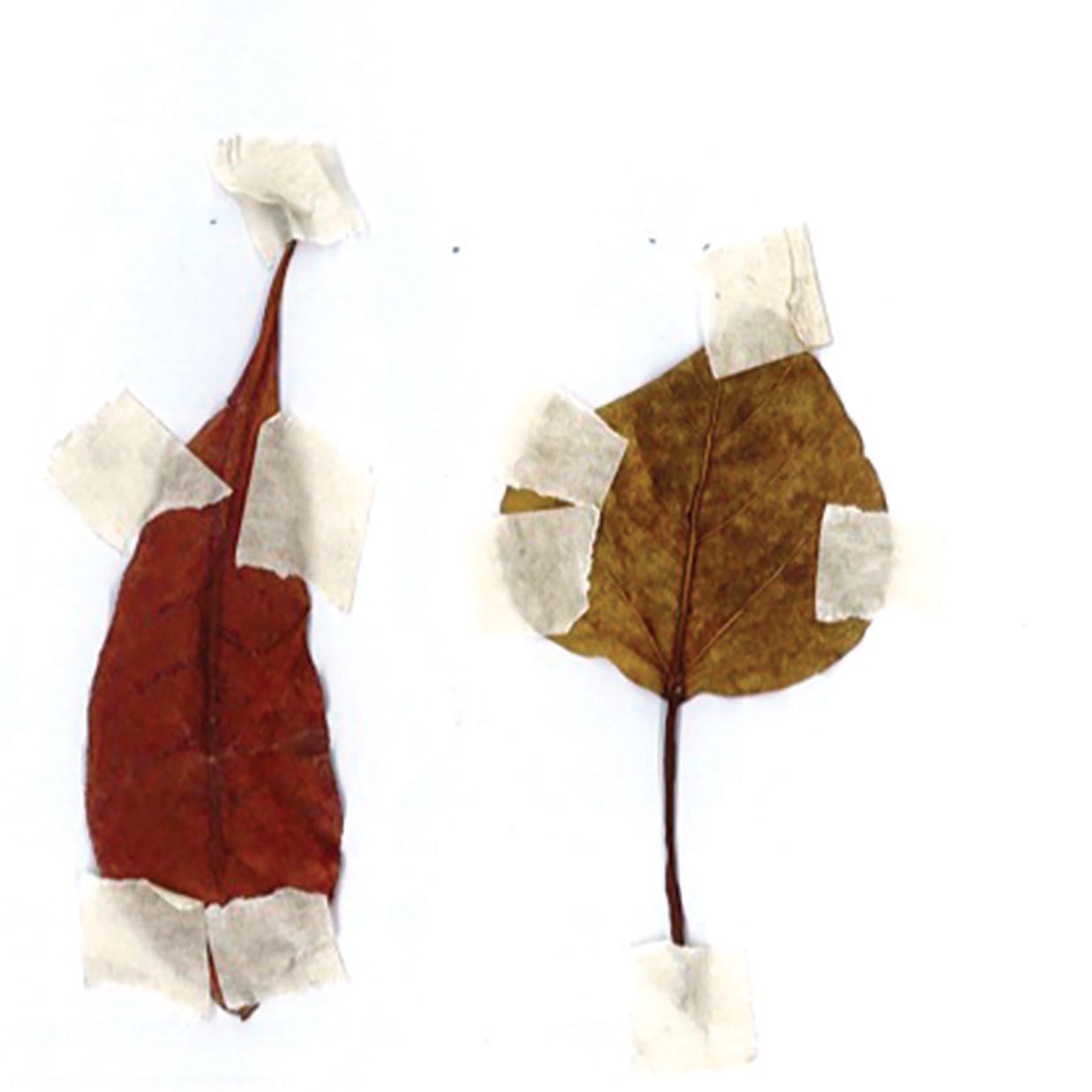
Observing the changing colours of leaves ignited more curiosity.
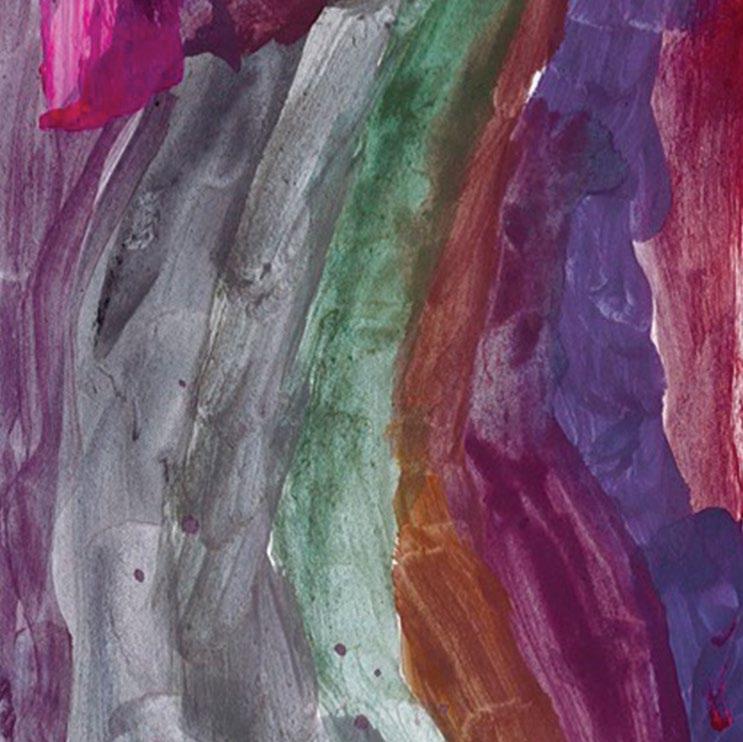
“Oh, the leaves are falling down… Why do the leaves fall down?” - Chloe
“Because it’s raining.” - Ky Anh
“I think it is getting younger.” - Chloe
“Because when it raining, the leaves fall down.” - Miu
“The snow go down and the leaf need to fall.” - Mia
“The leaf need to change colour otherwise it will stay on the tree forever, but it need to fall down so there’s no pink for the polar bear and penguins.” - Chloe
Slowly and surely, the children’s enthusiasm for leaves began to evolve into a passion. Leaf hunts became a tradition enjoyed by all; friendships and connections were strengthened through communication and a shared love, and observations became deeper and more meaningful.
The investigation led them to become keen observers and researchers, guiding them in their dialogue with place.
The children began to share stories of their leaf encounters outside of the school, broadening their dialogue with place.
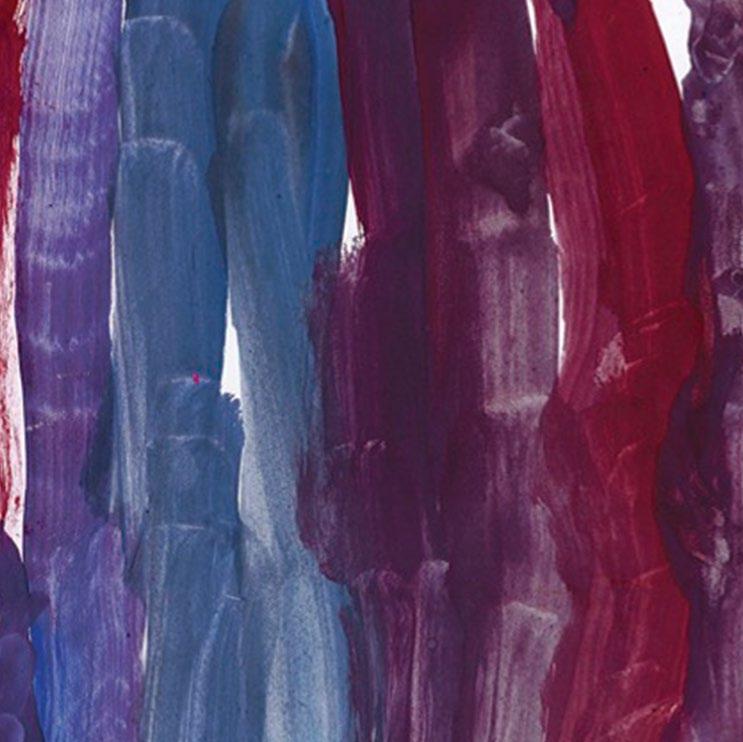
“When I go to Cambodia, I see the red leaf and small leaf.” - Miu
“Maxine, I went to my home, I see a yellow leaf.” - Emma
“I go home, and I see a leaf and it’s orange.” - Tram
“In my home, I see green leaf.” - Kha Anh
Collecting leaves from places that they cherished to share with their friends when they got back to school after a weekend or holiday away.
Abbie

Leaves became a ritual.
Leaves evoked feelings.
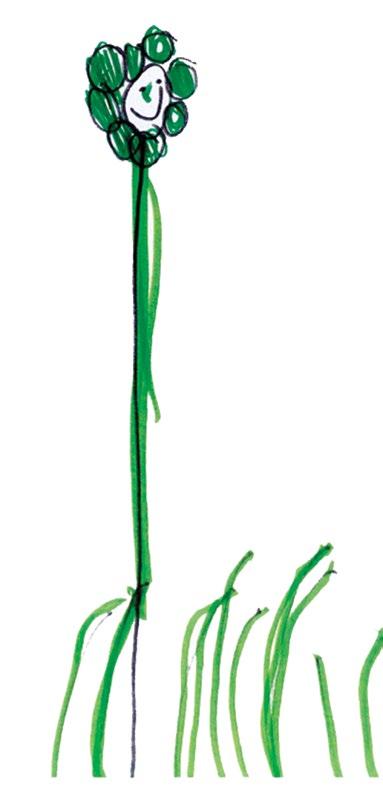
“I don’t want the leaf to fall down.” - Tram
“Why, Tram?” - Maxine
“Because I love the leaf.” - Tram
“I love the leaf, too.” - Na “Maybe, I get the glue and stick back.” - Tram
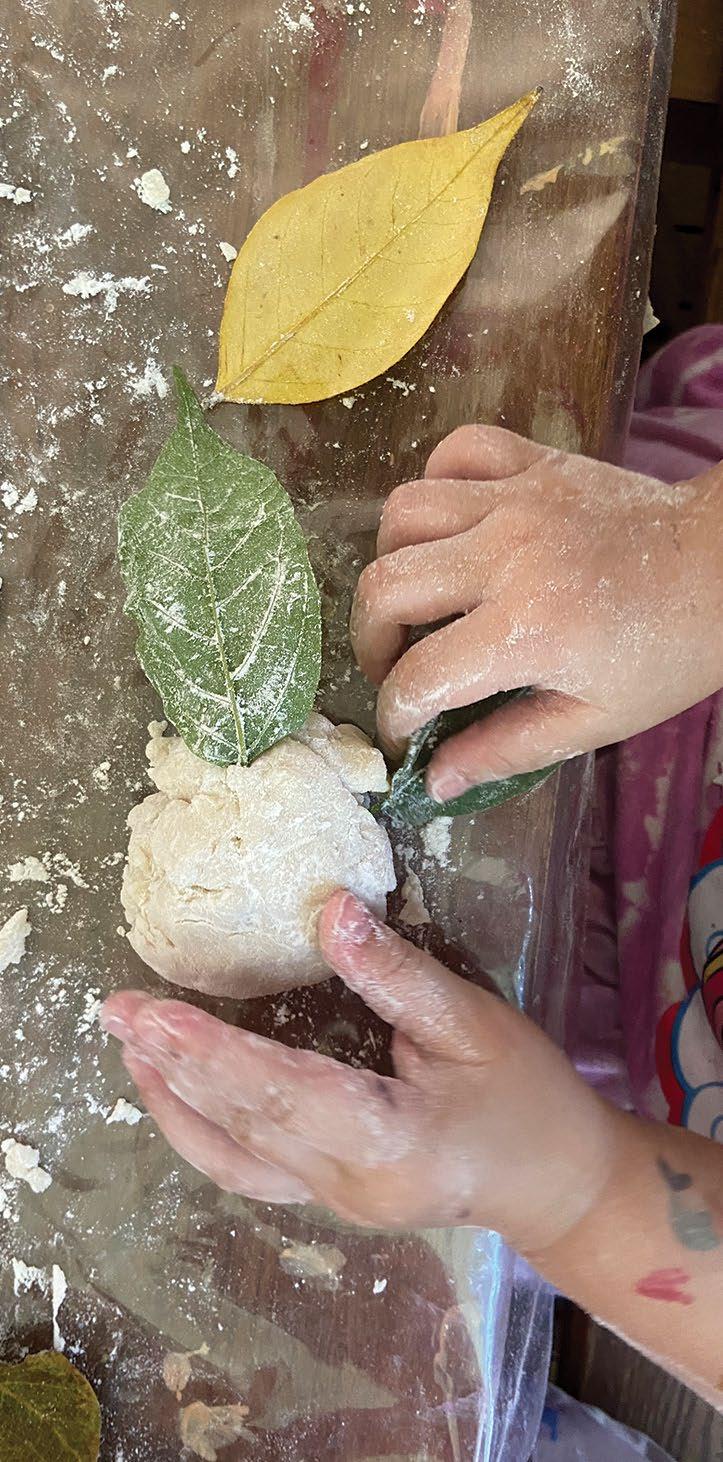
“I see a leaf story: one day, I see a leaf over here and it so pretty, I found my leaf on my house, and it say “go away” because I keep touch her. And my leaf gonna die, and my leaf gonna change colour, it gonna die because it fall down because the people just cut the leaf.” - Ky Anh
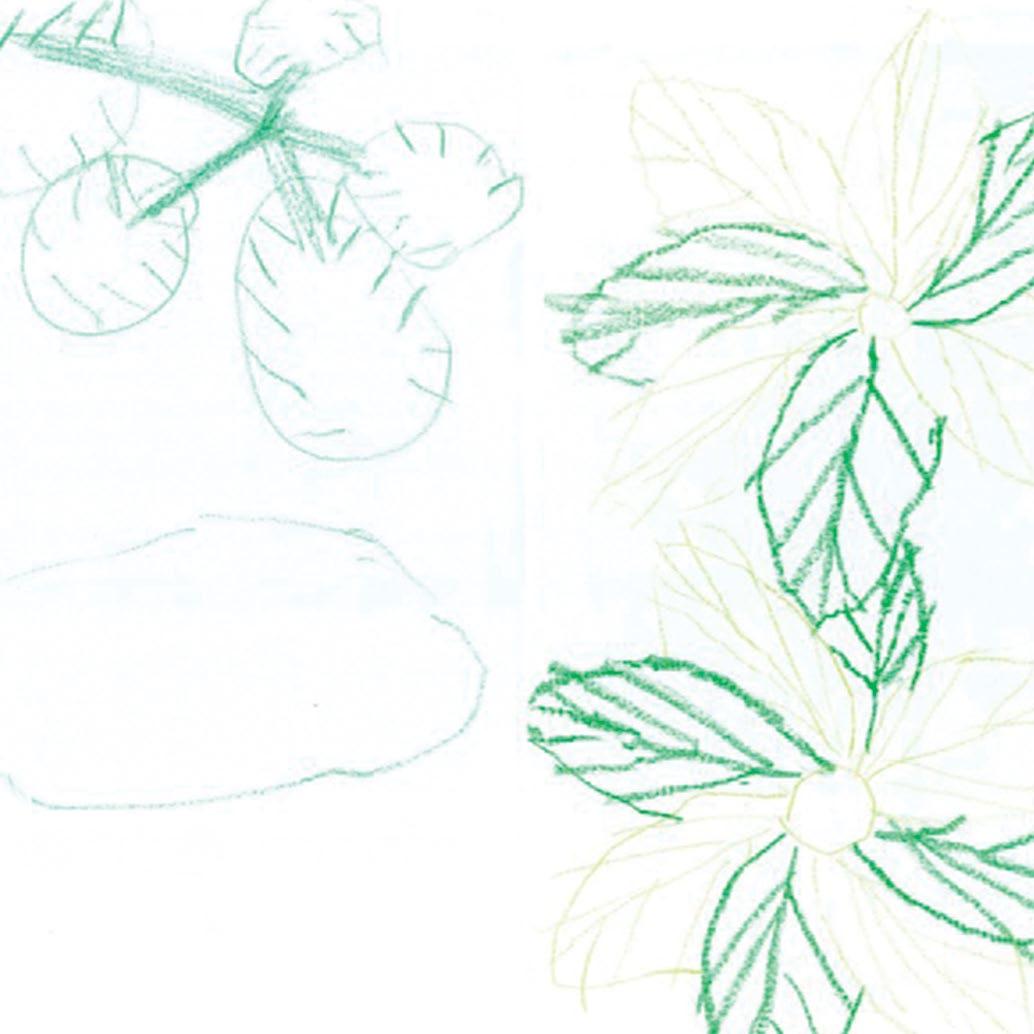
“Maxine, scrumple the leaf in my ear.” - Mimi
“What story does your leaf tell you?” - Maxine
“Saying to you how to be a good friend.” - Mimi
“Is it talking to you, Maxine? This one want to tell you something, this one is telling you how to be good.” - Chloe
“Con nghe tiếng xoạc xoạc.” -
Mi Lan
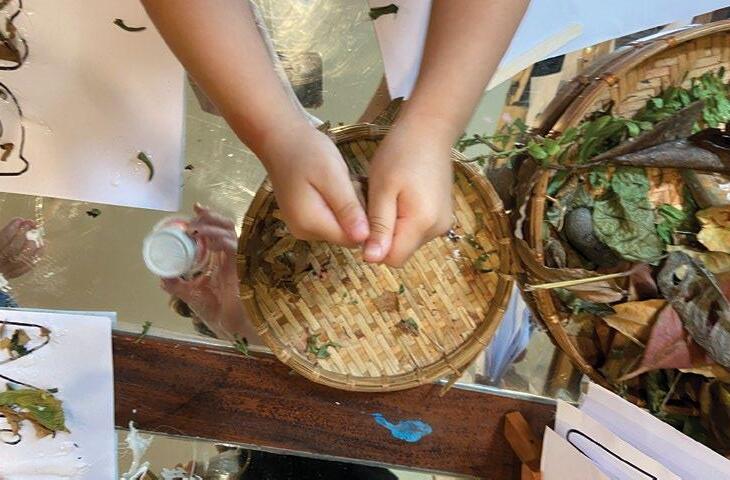
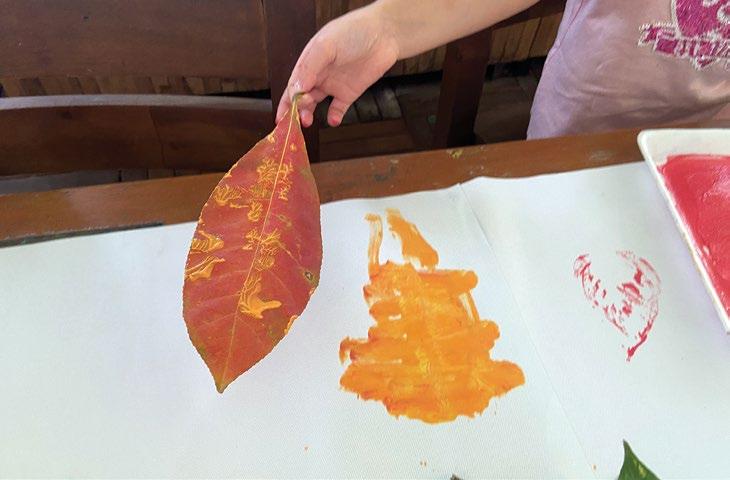
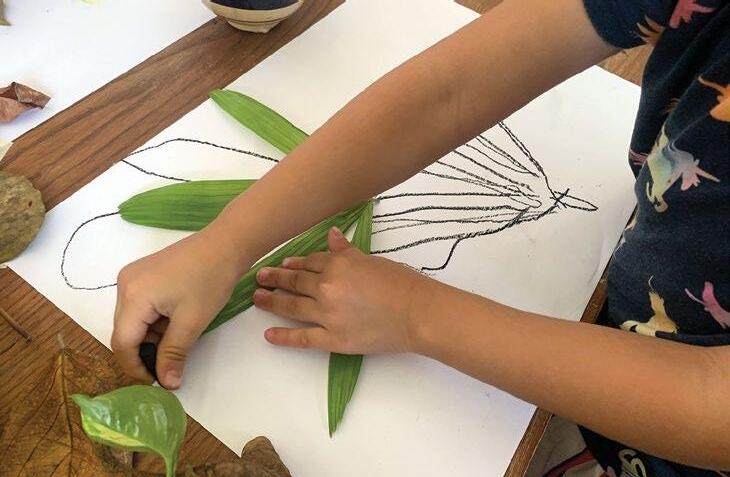

Leaves provoked wonder and a curiosity to experiment with a range of materials.
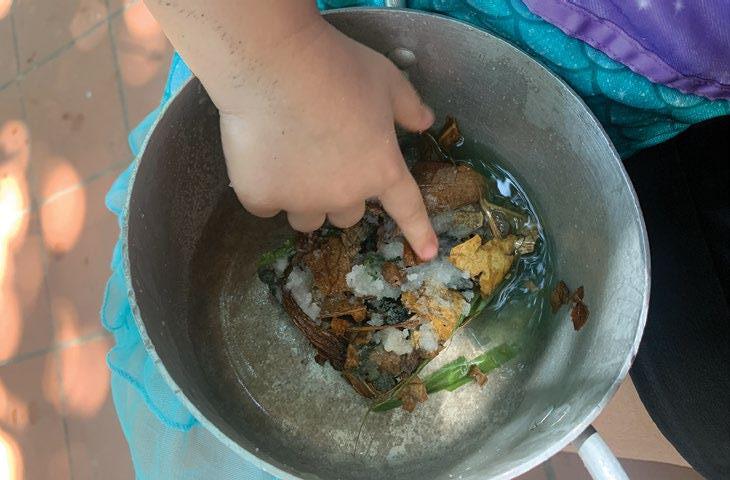

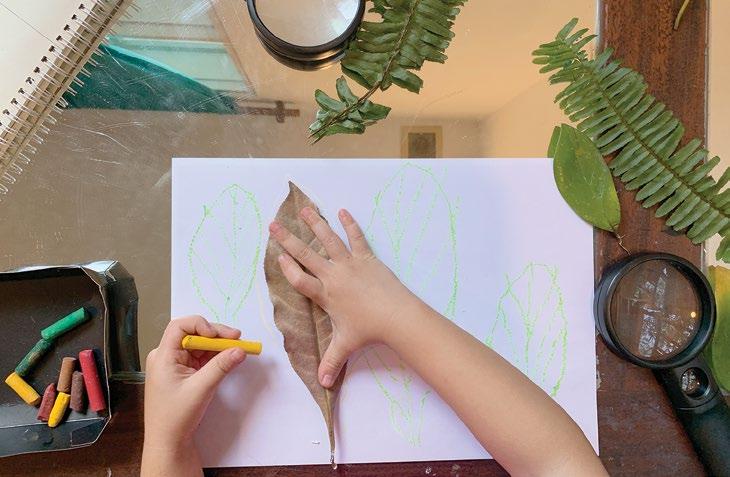
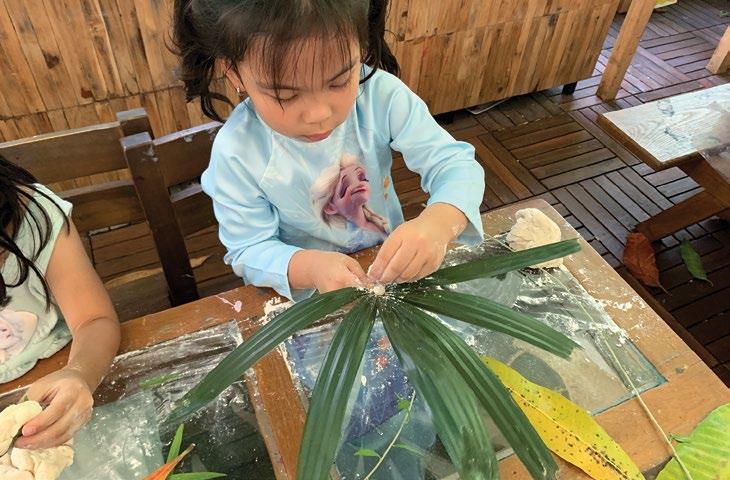

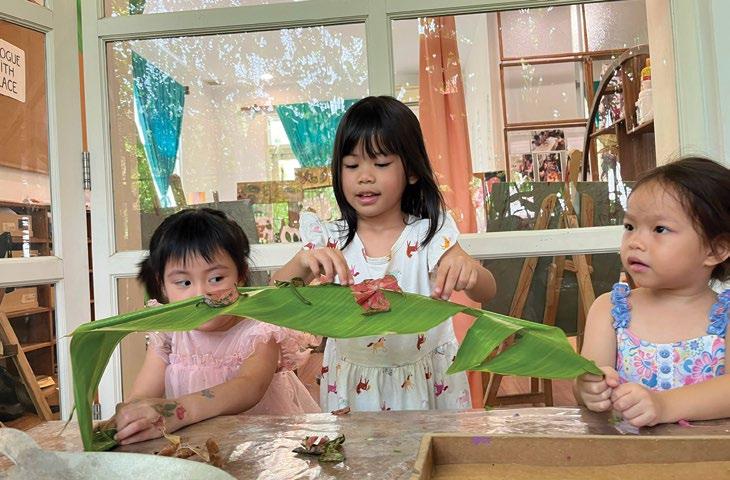
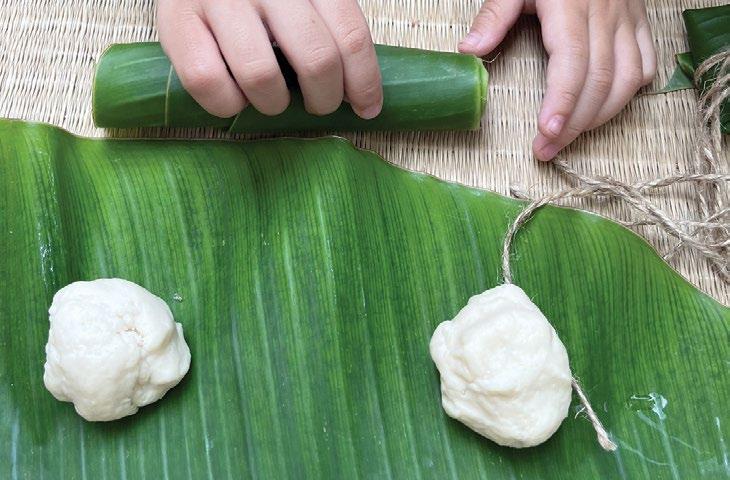
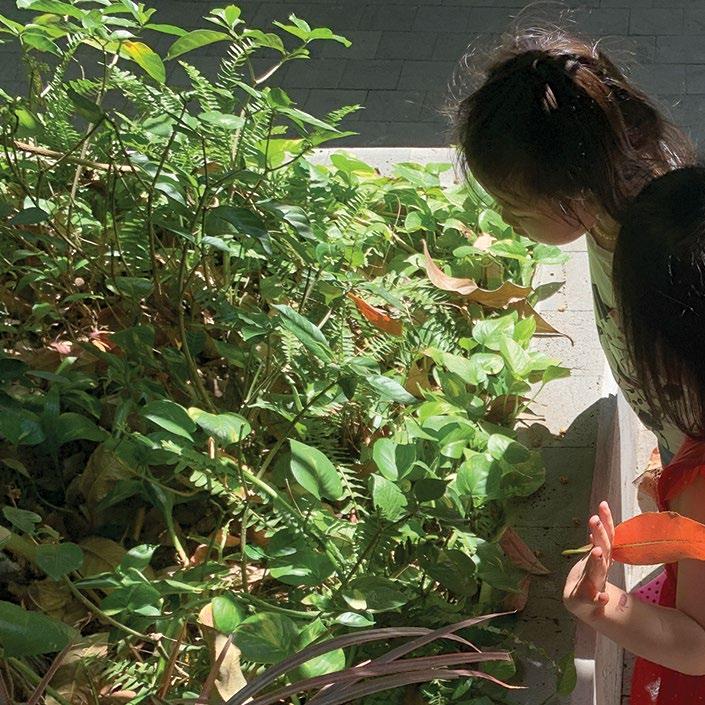
We had a classroom full of amazing and interesting leaves and minds bursting with ideas…

So, what could we do with all these wondrous leaves?
Chloe approached Maxine one day with an idea—an idea that spread throughout the classroom and inspired excitement: to make a leaf dress for her fifth birthday. After a few interruptions, celebrations, and well-deserved holidays to spend time with family and friends, we got back on track. The children never forgot about their love of leaves during this time, always collecting them on their way up to the classroom in the morning or during time spent outdoors.



However, another amazing idea was shared: “Let’s make a leaf house for a mouse!” It was a tough decision to make, so we left it up to the children to decide through a vote.
“Who would like to make leaf clothes?”
“Who would like to make a leaf house?”
Together, we agreed to begin a journey discovering the wonders of threads, needles, fabrics, and clothes, understanding that we could always revisit ‘The Leaf House for the Mouse’ at another time.
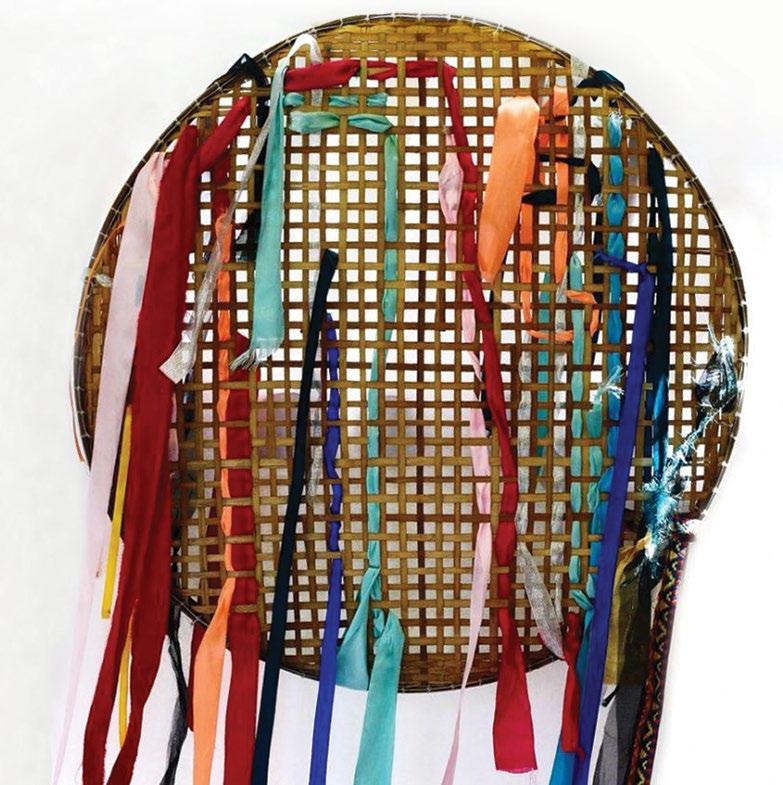
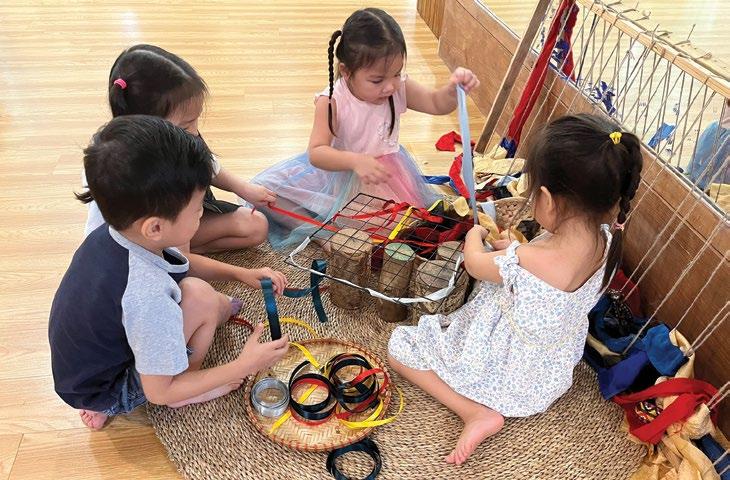
The children embarked on an adventure involving delicate handwork, engaging in different types of weaving and knot tying first before being introduced to the tools of the sewing trade.
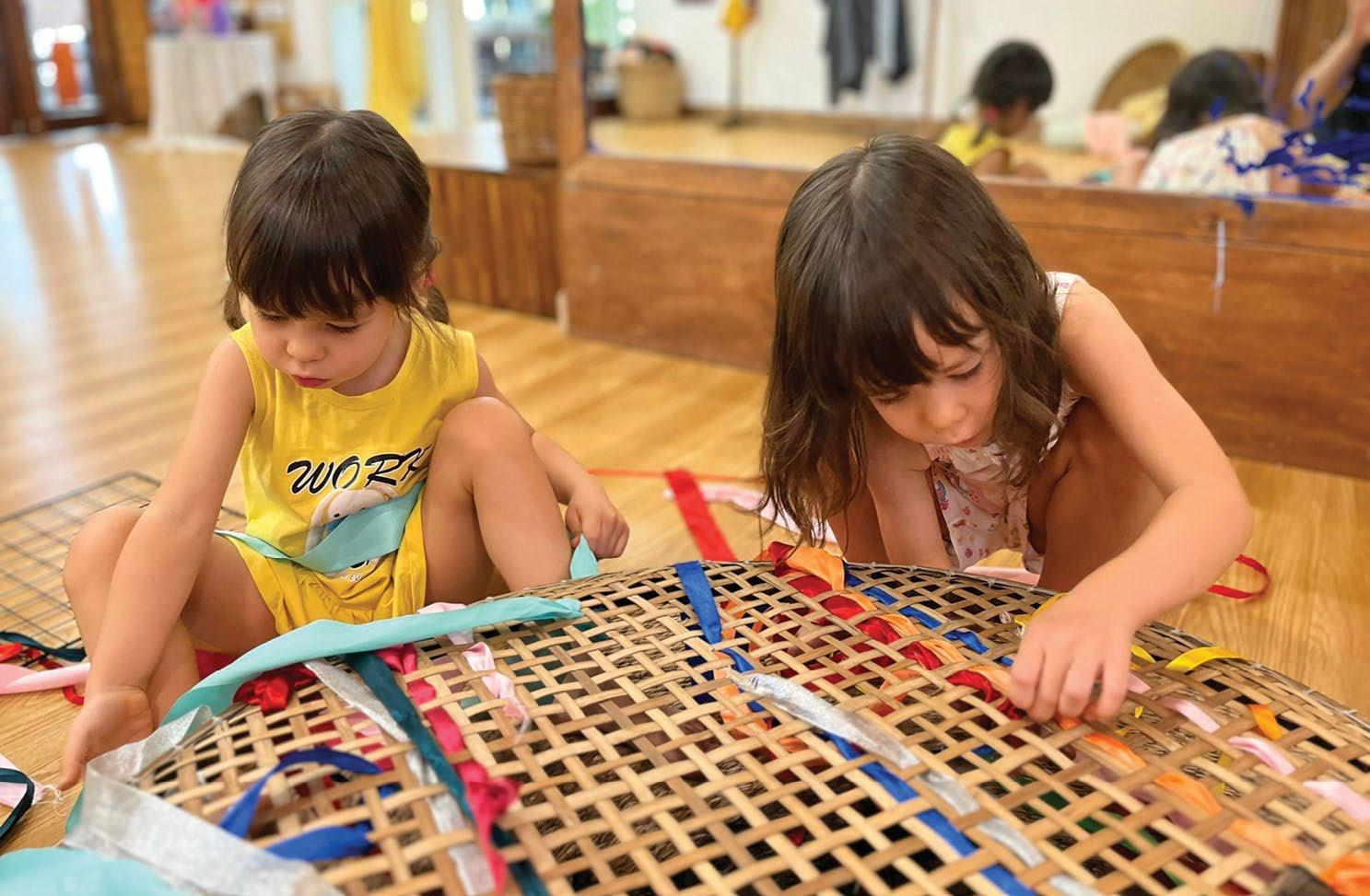
The children embarked on a transformative journey of discovery through sewing. Guided by curiosity and collaboration, they explored the intricacies of threads, needles and fabrics, weaving together imagination and skill to craft expressive handiwork, fostering creativity and meaningful connections along the way.
A plethora of new vocabulary flooded their daily conversations and discussions, with new rituals created while old ones were kept close.




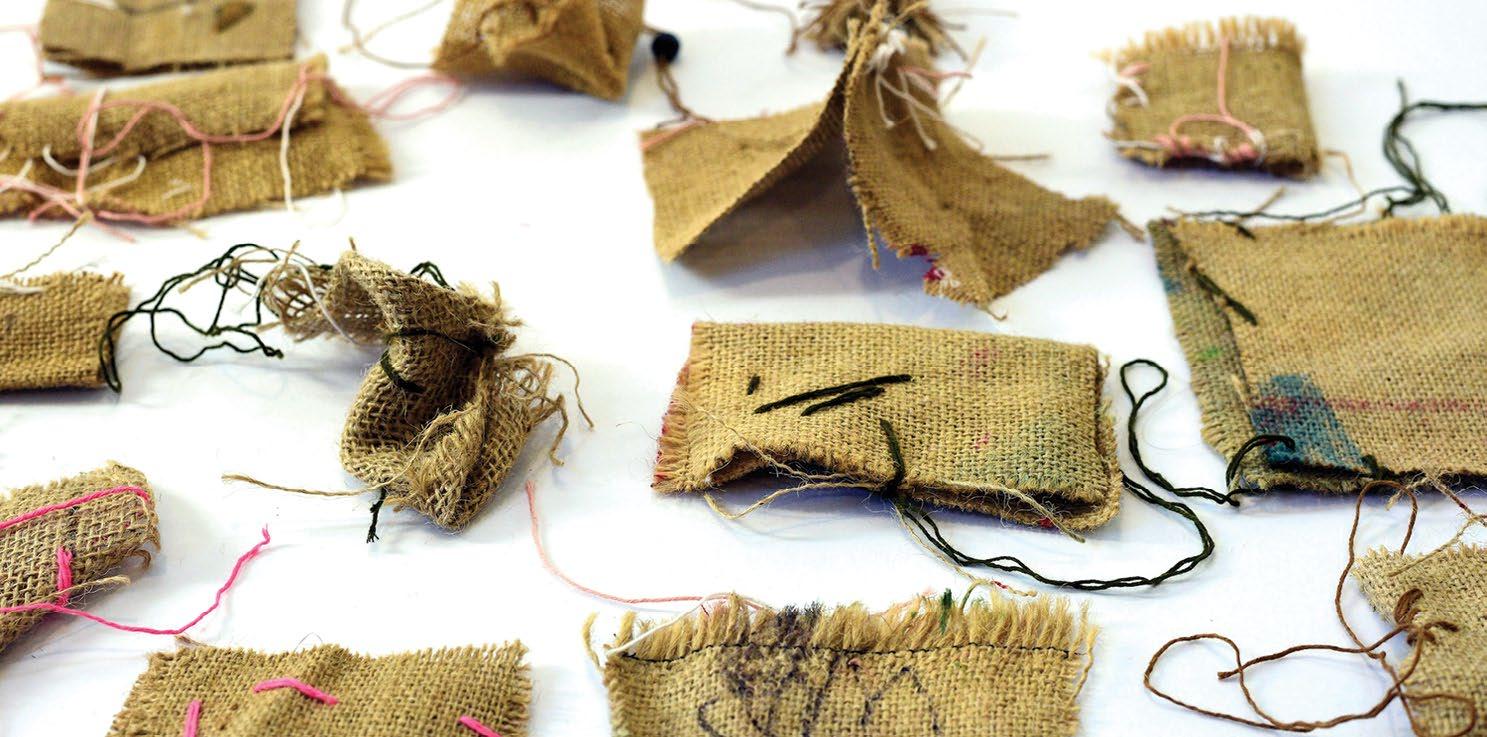

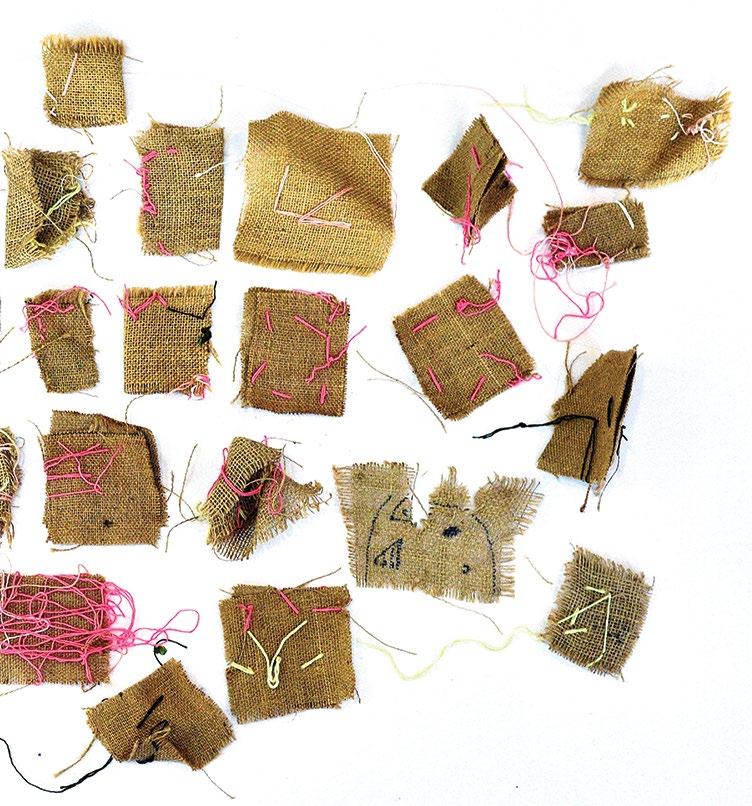
Designing clothes was an old ritual, using drawing with new concepts woven into it, taking their drawings to new heights of imagination and creativity. Stories ignited a passion for details: princesses wearing long dresses adorned with frills, cats in tutus, people in T-shirts with buttons, and people in leaf clothes. Inspired by nature and guided by their innate curiosity, the children wove together threads of imagination and craftsmanship that mirrored their vibrant personalities and celebrated the beauty of self-expression.

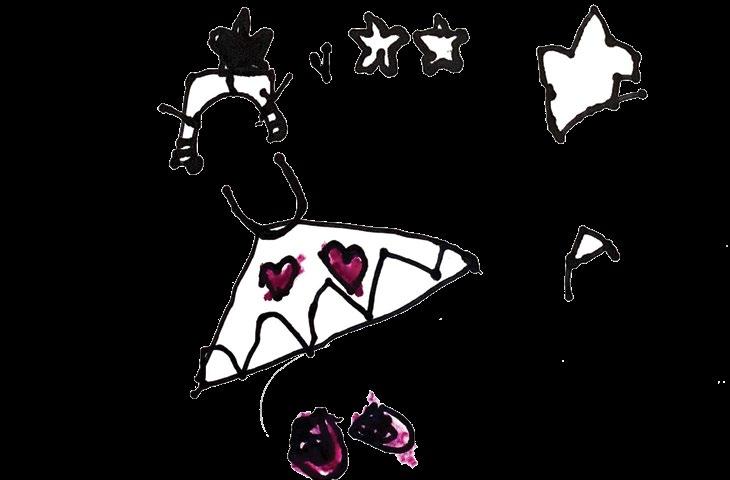


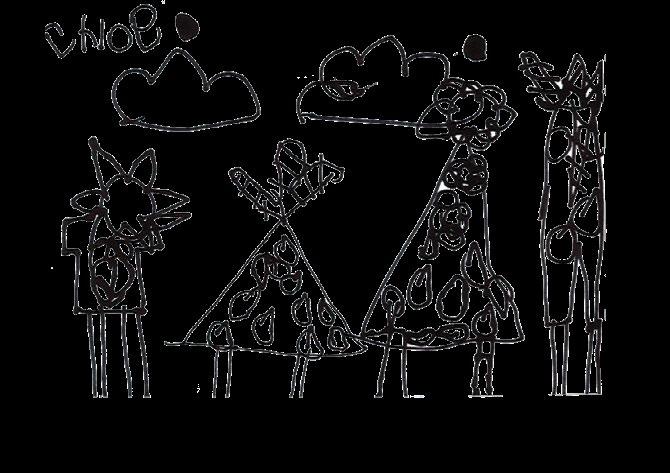
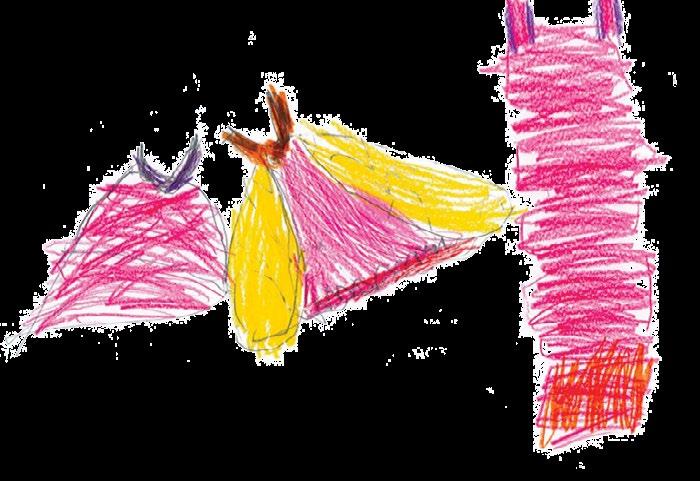
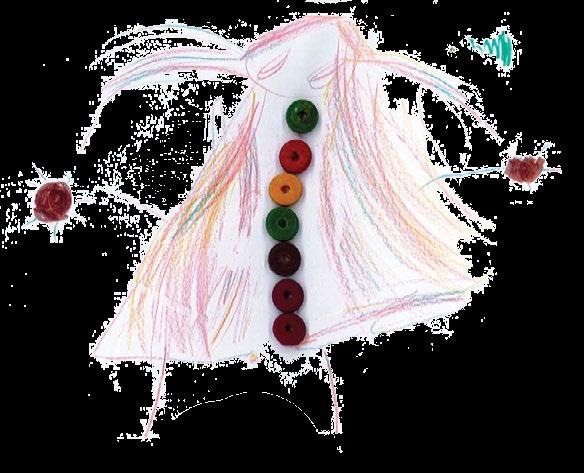

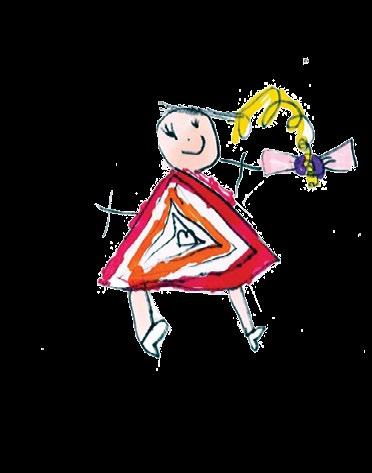



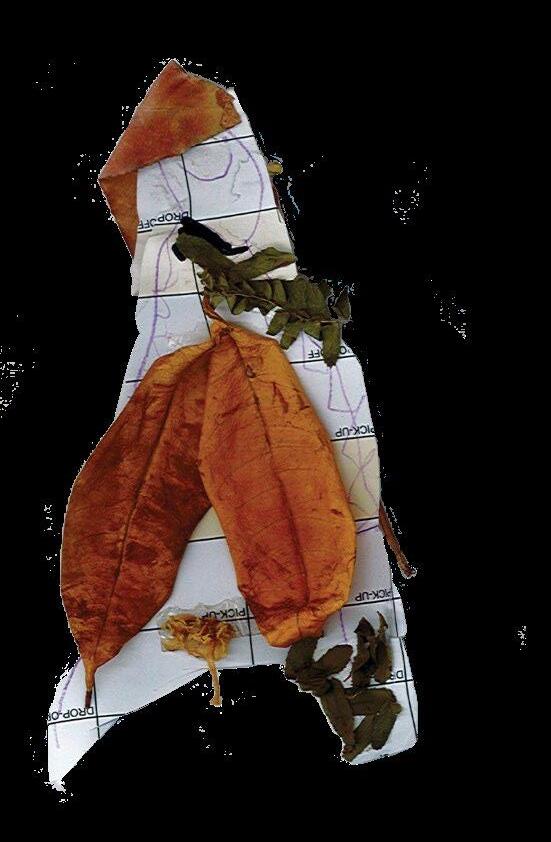
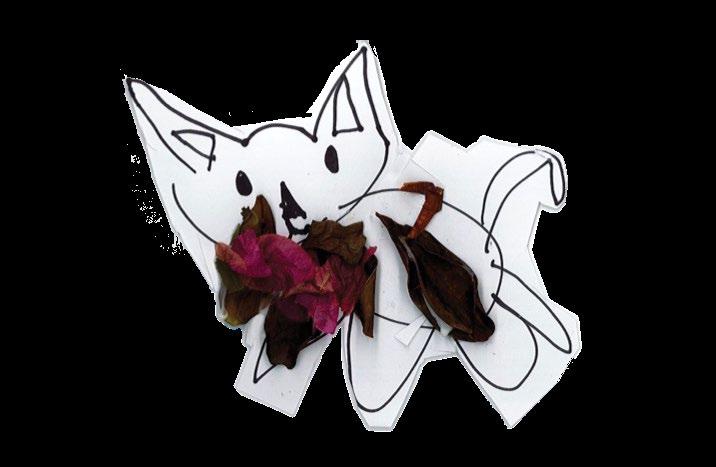
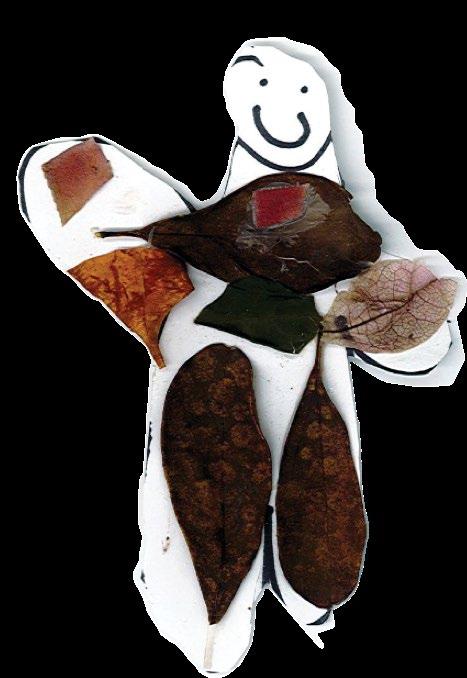
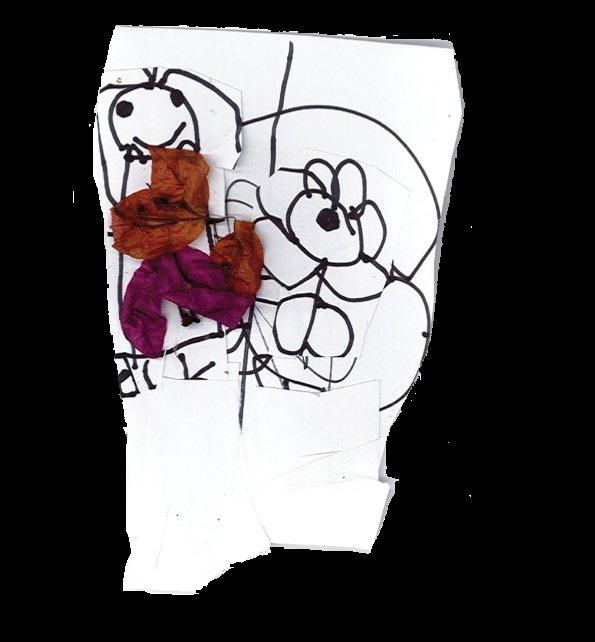
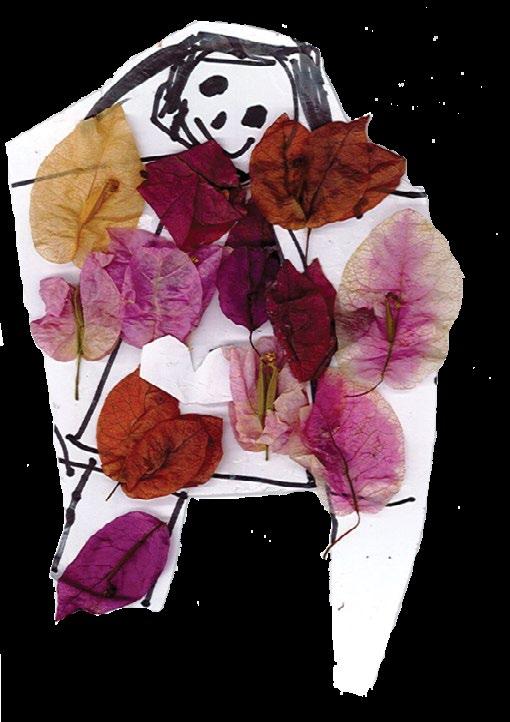
Exploring innovative ways to integrate leaves onto fabric, the children were introduced to the enchanting art of eco-printing. The awe and wonder that shone in the children’s sparkling eyes and smiling mouths, as they observed the leaf being "squished" or "smashed" between the fabric, translucent paper, and hammer, was a sight to behold!
The children were seen helping their friends, guiding them and facilitating just like true experts. They observed the different tones of green colliding with one another under the hammer and paper, creating a breathtaking spectacle that sparked wonder and awe in their hearts.

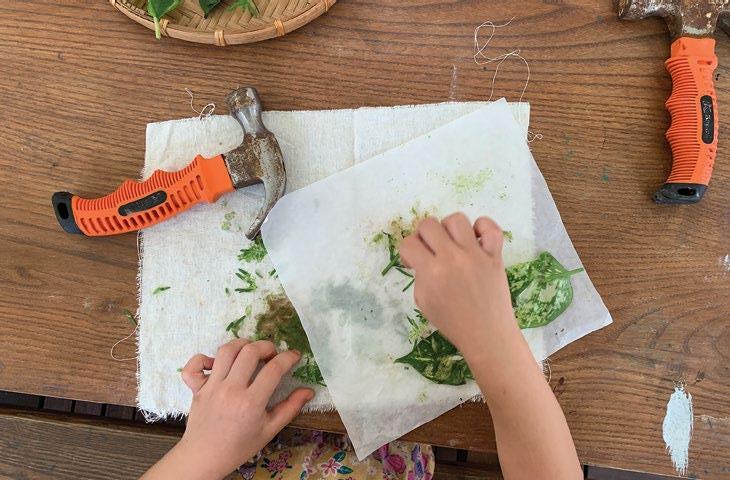
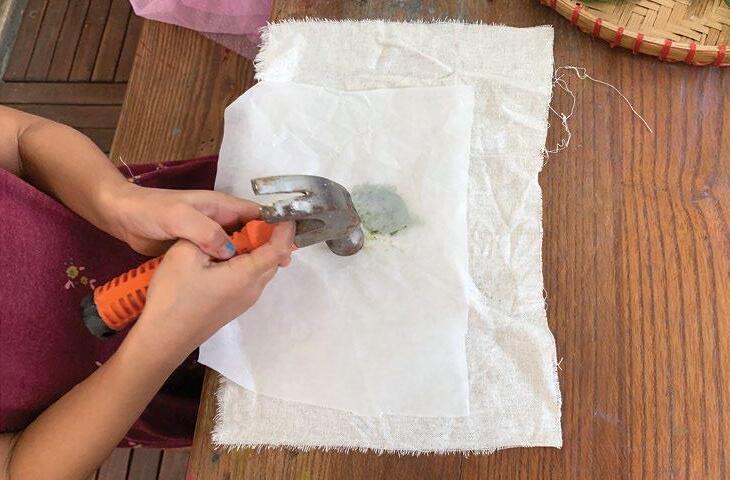

During this in-depth exploration of weaving, sewing and leaves, the children met a new friend, someone who quickly became a part of the class whom they listened to and cared for deeply - Ryan.
“Maybe I can help you.” - Chaewon
“I made a skirt for Ryan.” - Chloe
“I want to make…. Ryan wait a minute.” - Miu
“I make hair for Ryan and I make head for him.” - Tram
“I will make a red scarf for him.” - Chloe
“Here’s a bracelet for him.” - Lily
“He’s so beautiful now.” - Lily and Abbie
And so, the children adorned their cherished friend with their final creation, something that was made with care, thoughtfulness and a whole lot of love. Perhaps, the outcome of this beautiful project wasn’t exactly what was expected when the children began: the leaf dress turned into leaf clothes which turned into a magnificent eco-printed scarf for Ryan. It is precisely this delightful unpredictability that enriched our shared journey and grounded it with wonder and discovery.
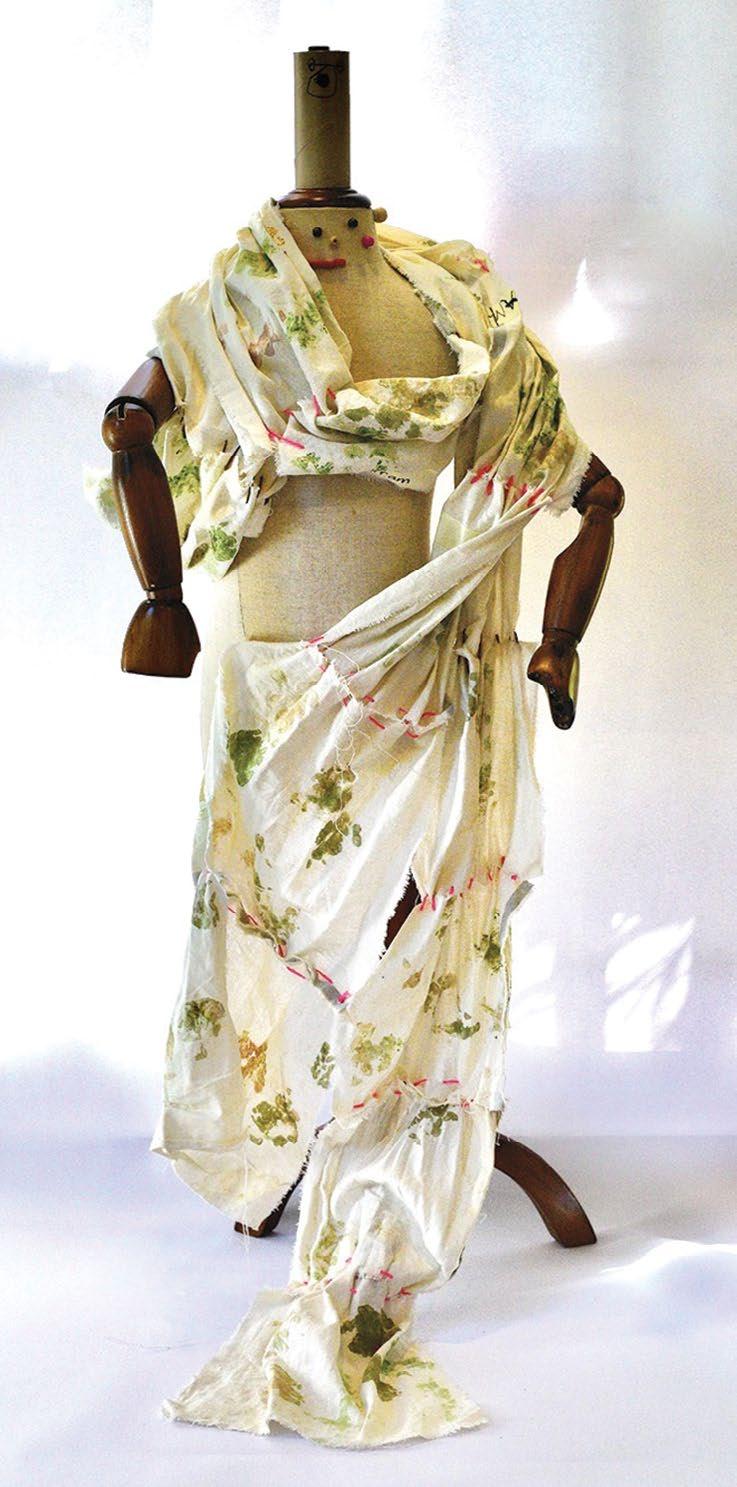
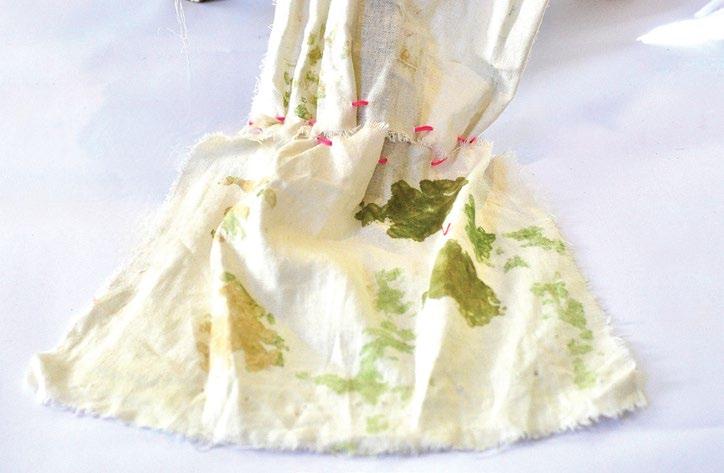
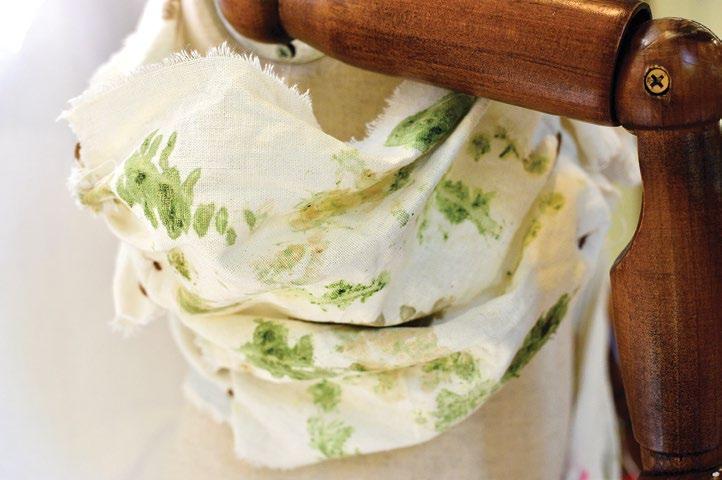
Sewed pieces of eco-printed fabric and a scarf for Ryan - Collaboration
In the radiant journey of our Gerbera classroom, a simple idea blossomed into a symphony of creativity, deep investigation and collaboration. From the exploration of nature’s wonders to the intricate art of clothing design, every moment was infused with curiosity, joy, and togetherness.
Together, we embarked on a transformative journey, weaving together threads of imagination and friendship, and nurturing a love for learning that will endure beyond measure. As we bid farewell to this chapter, we carry with us cherished memories of shared adventures and the boundless potential that lies ahead. This has been our Dialogue with Place.
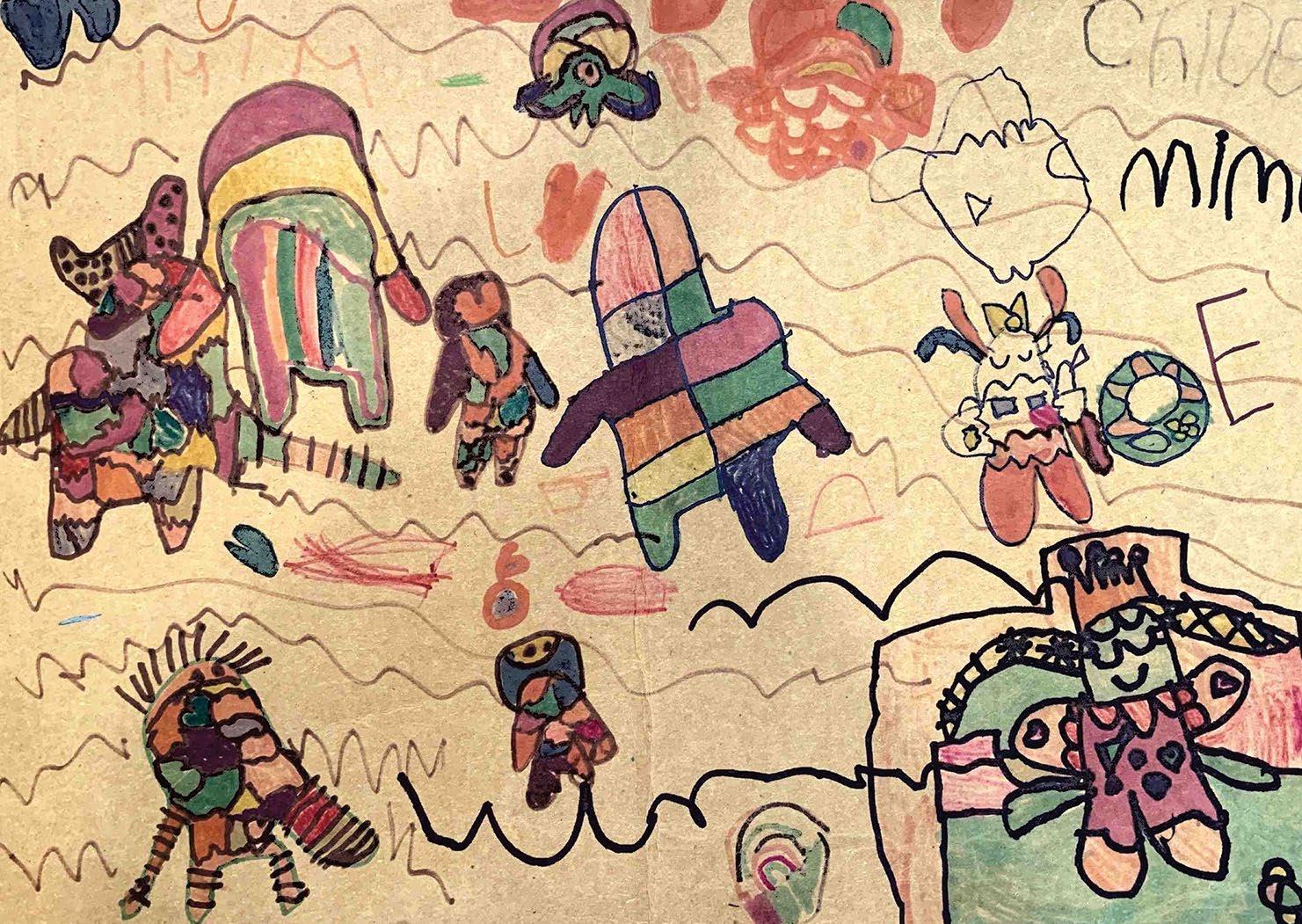
“All
the turtles are different on the outside but in the heart they are equal.” - Chloe
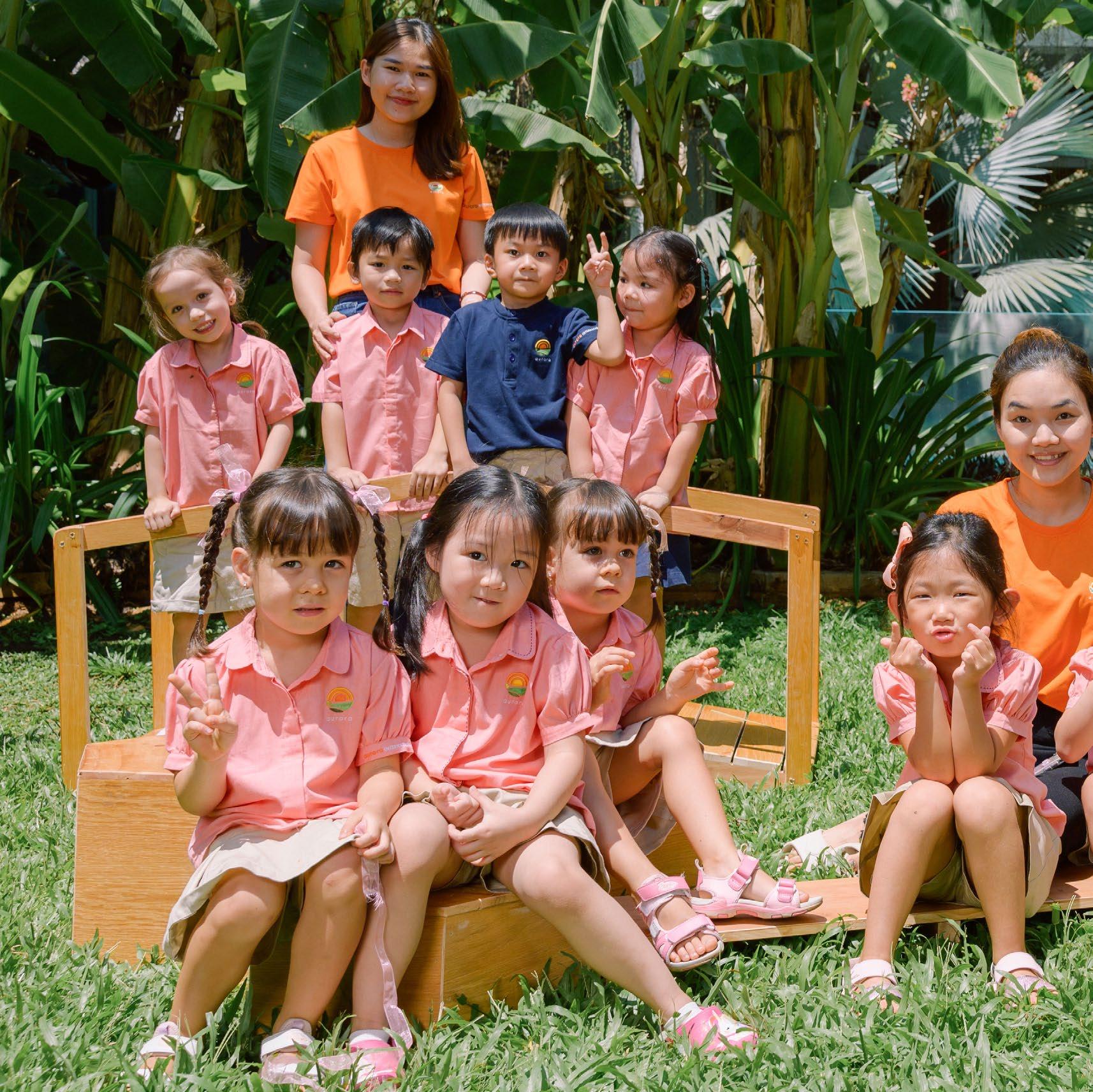
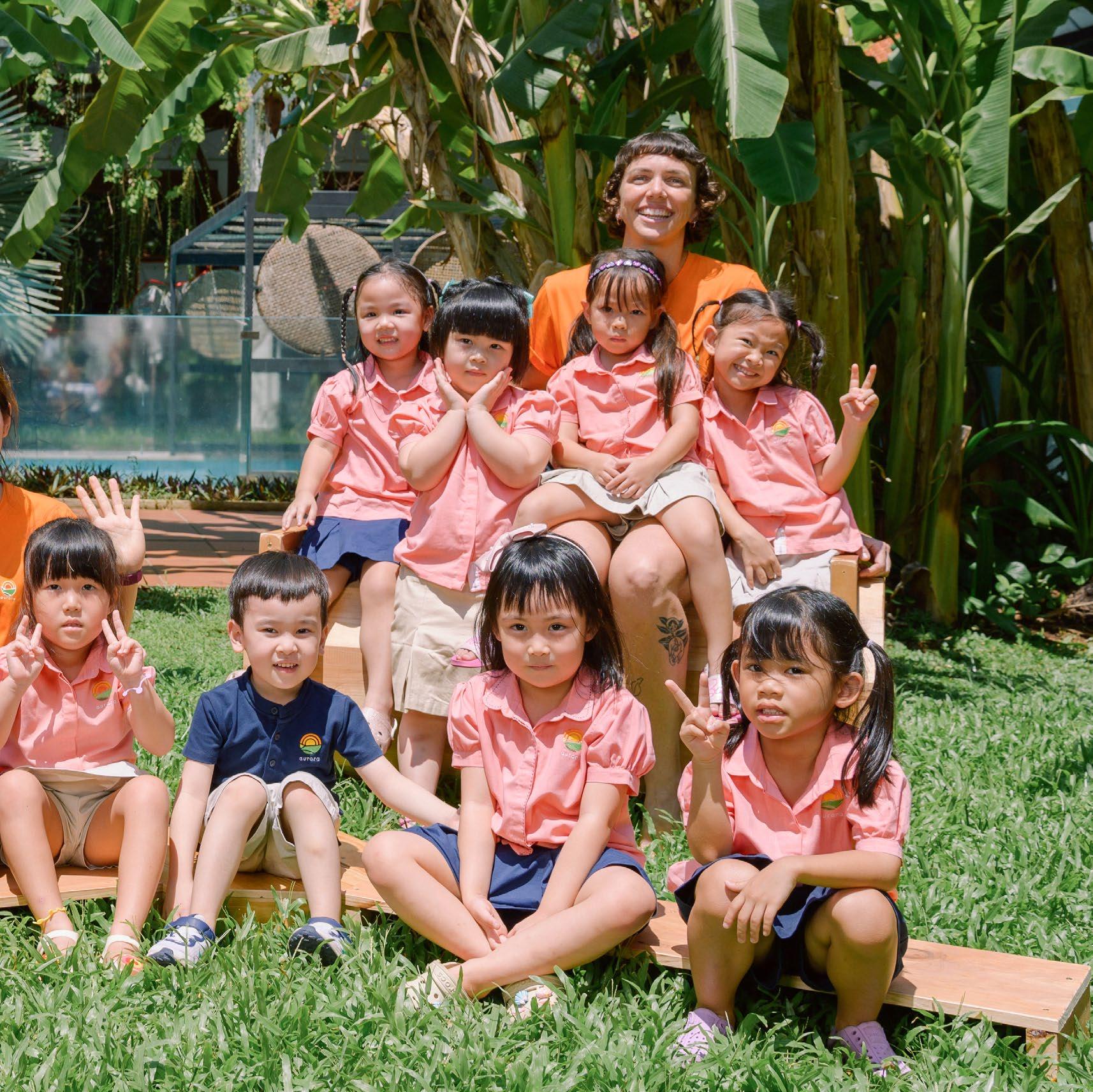
Researchers
Hai Anh
Lily
Abbie
Chaewon
Chloe
Emma
Kha Anh
Ky Anh
Mi Lan
Teachers
Maxine (Lead Teacher)
Ms. Binh (Co-Teacher)
Ms. Khanh (Co-Teacher)
Ms. Leslie (Co-Teacher)

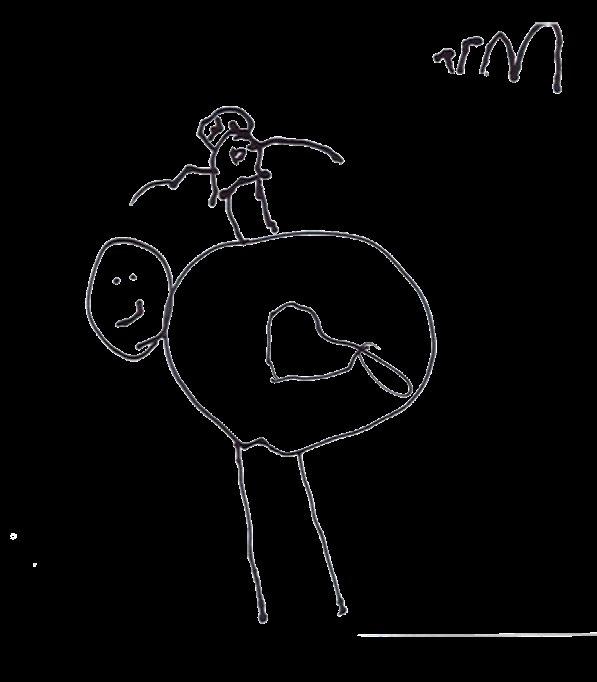
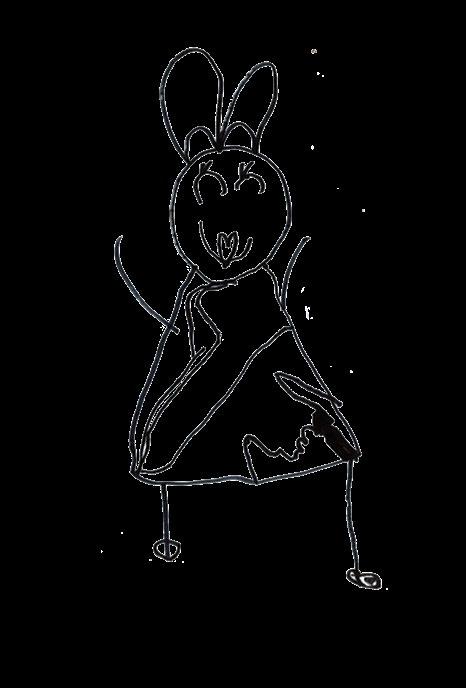
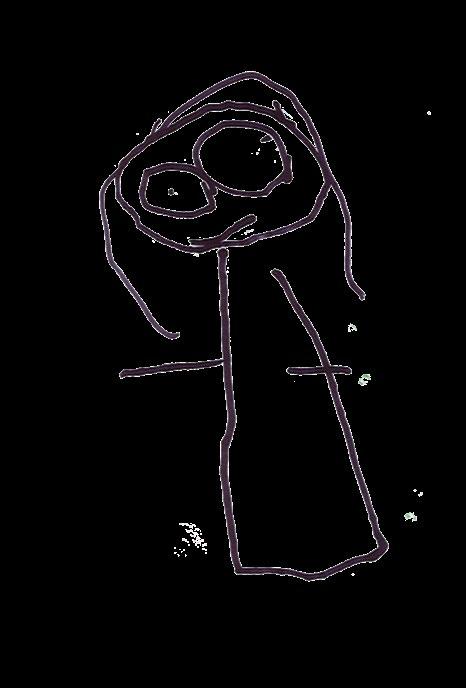

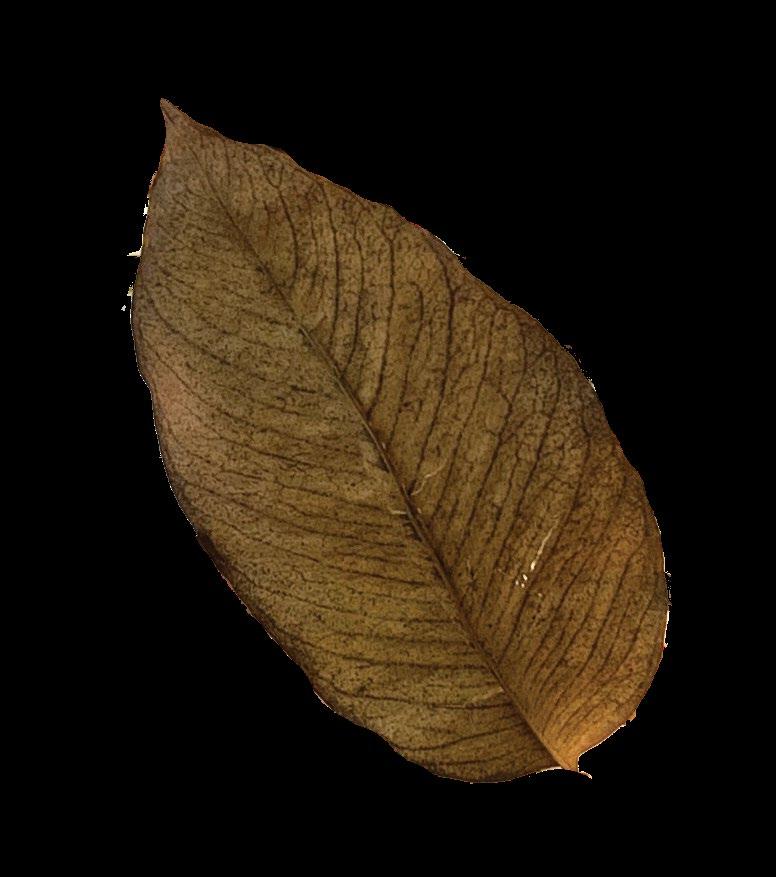
Copyright 2024 Aurora International School Of The Arts Spring Hill Education Vietnam. Primavera Aurora All rights reserved.
11-11A-13-15 Tran Ngoc Dien, Thao Dien Ward, Thu Duc City, Ho Chi Minh City, Vietnam. +84 (028) 3744 2991 / +84 (0) 982 012 860 info@auroraschool.vn www.auroraschool.vn Scholastic Year 2023/2024


